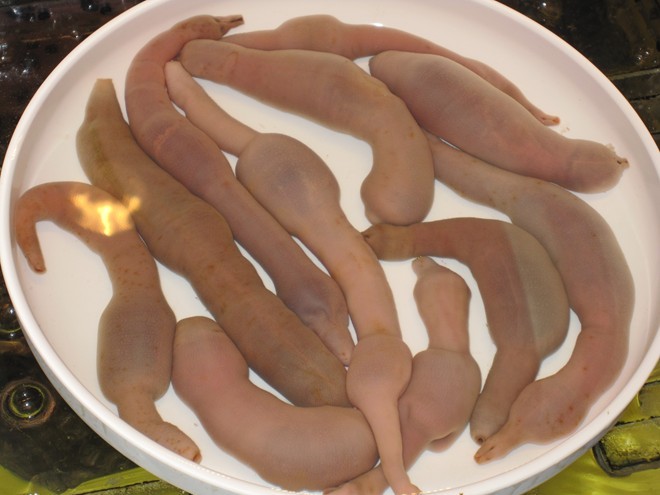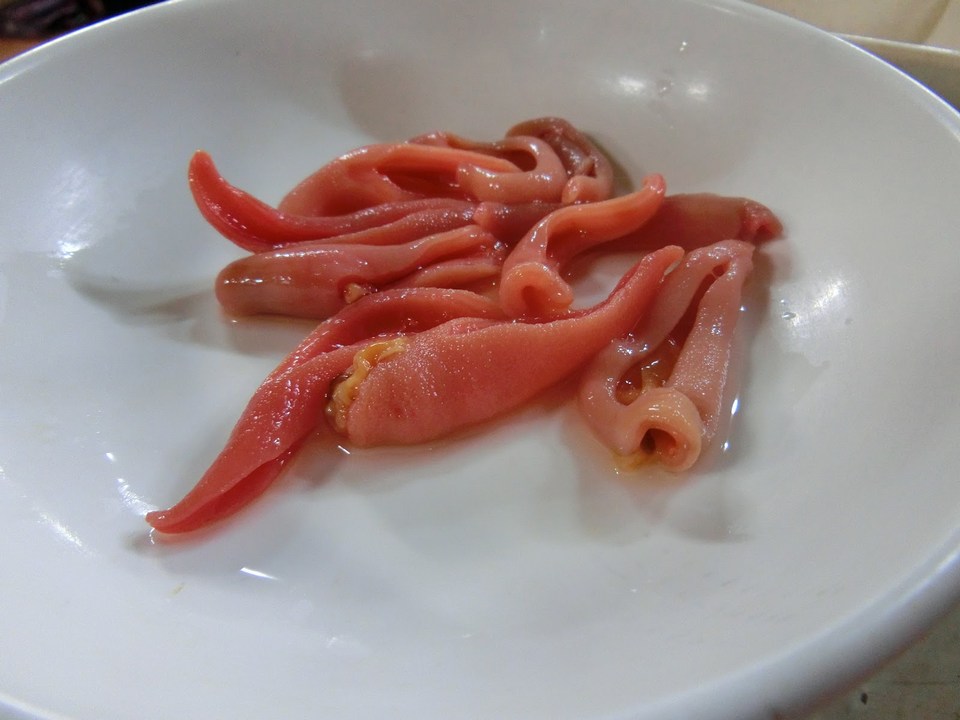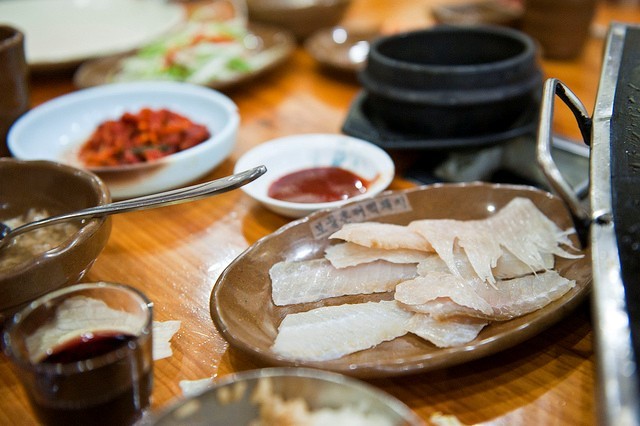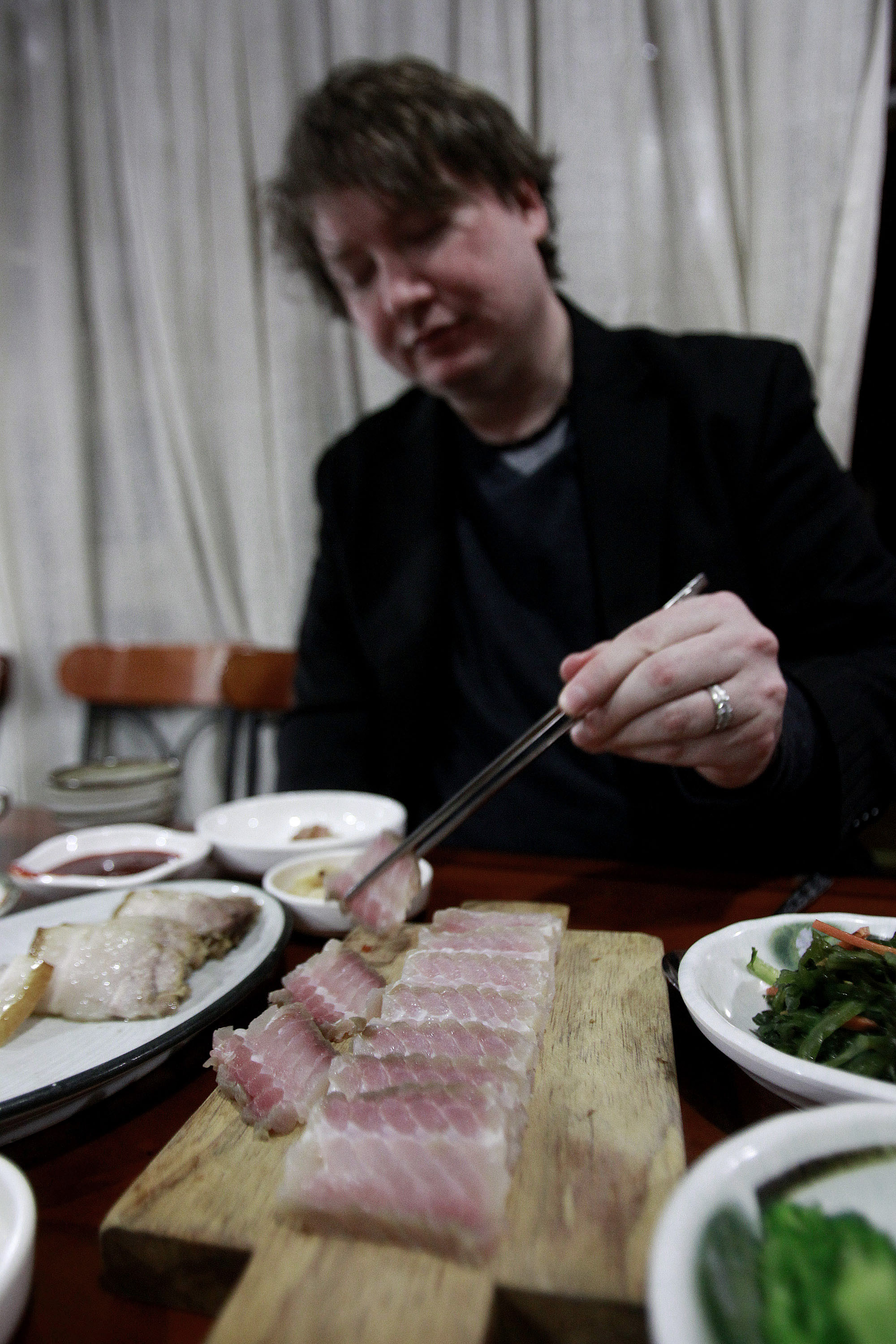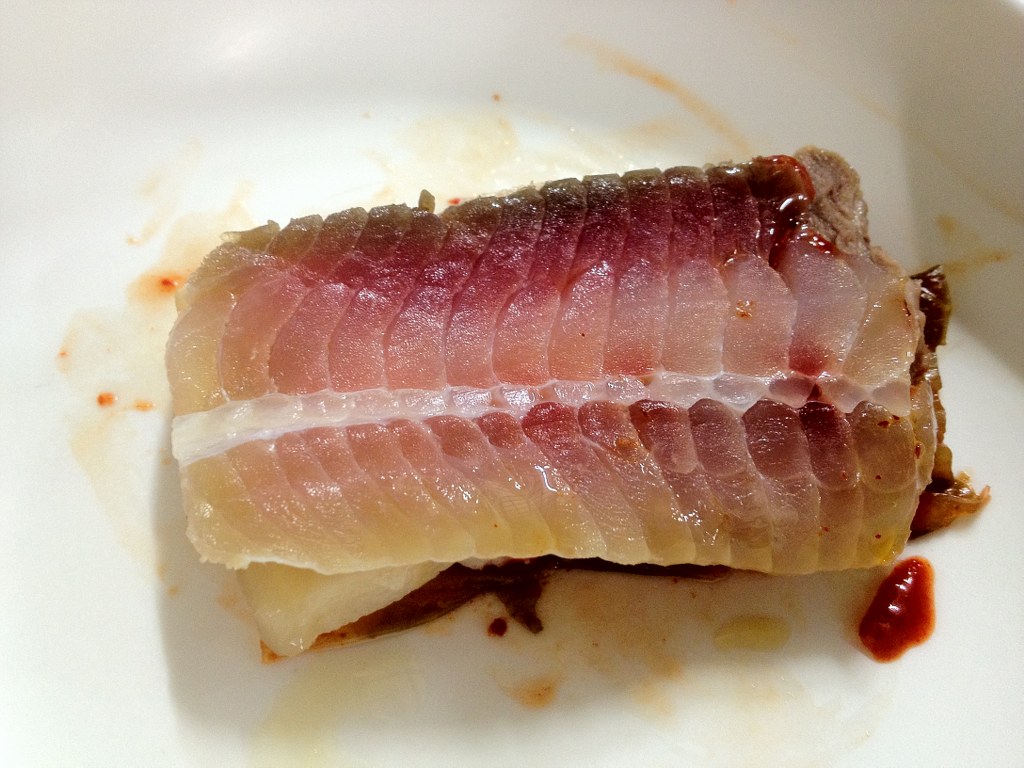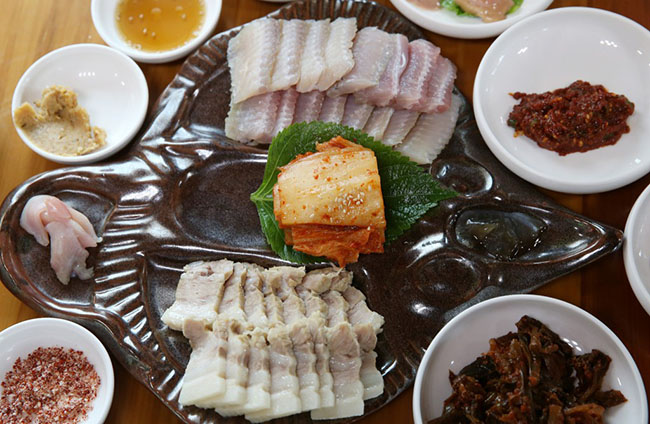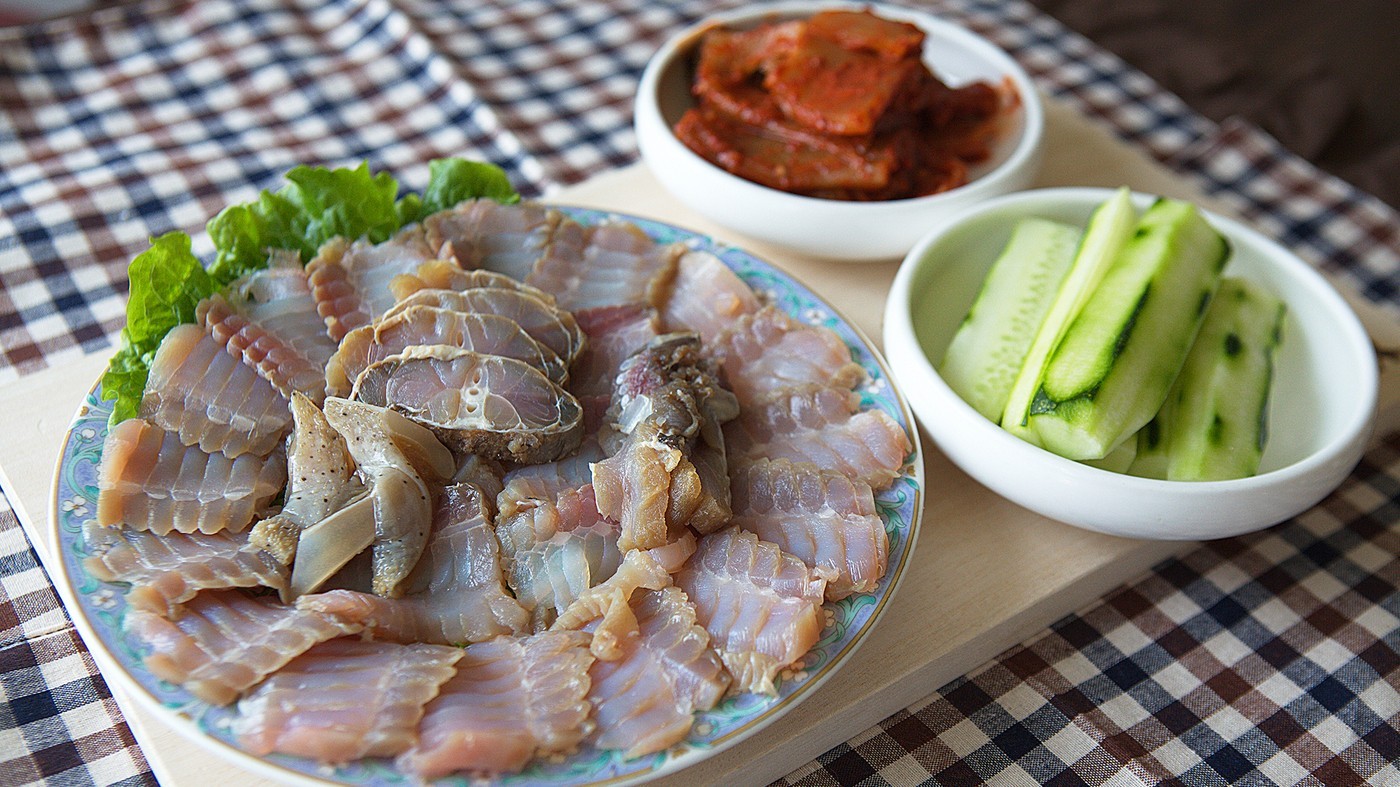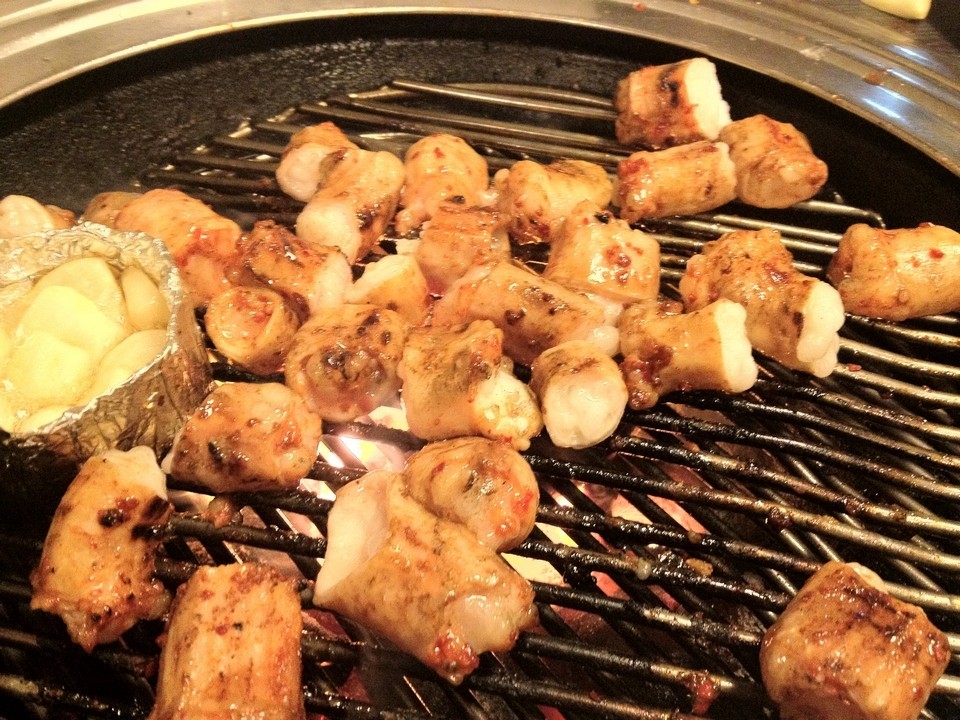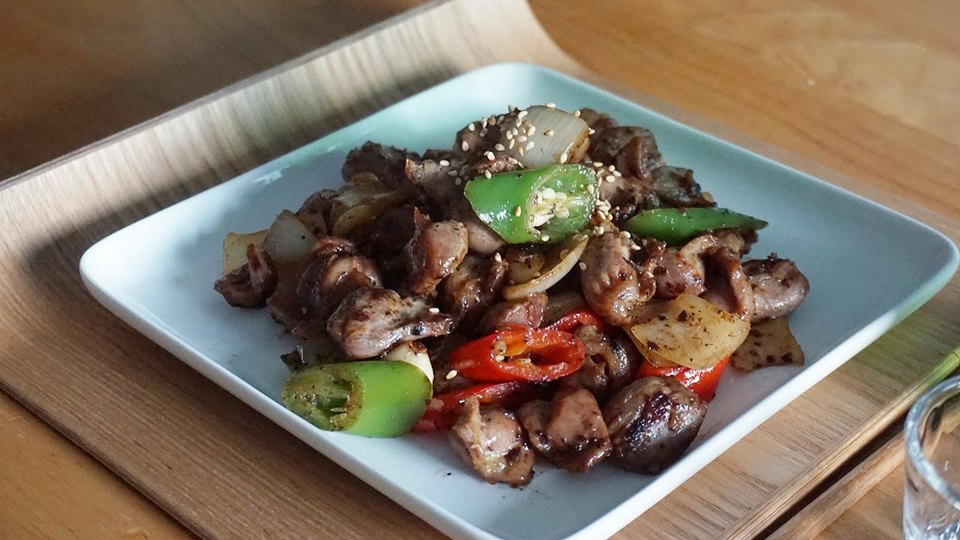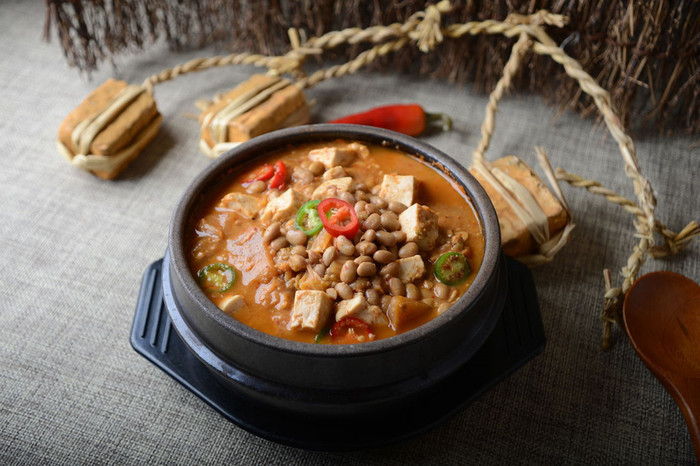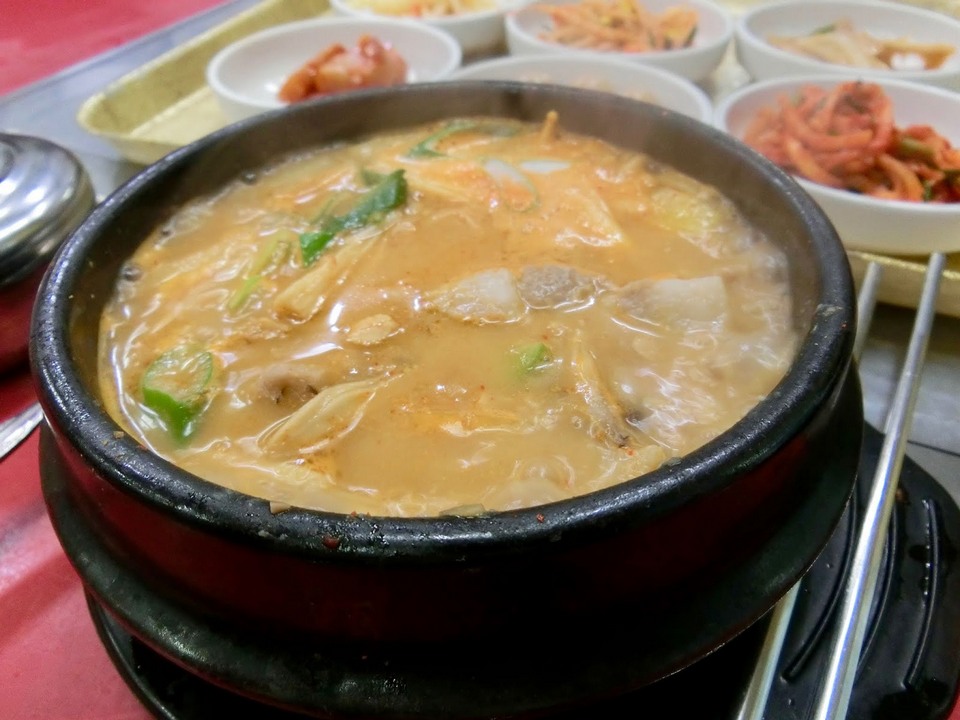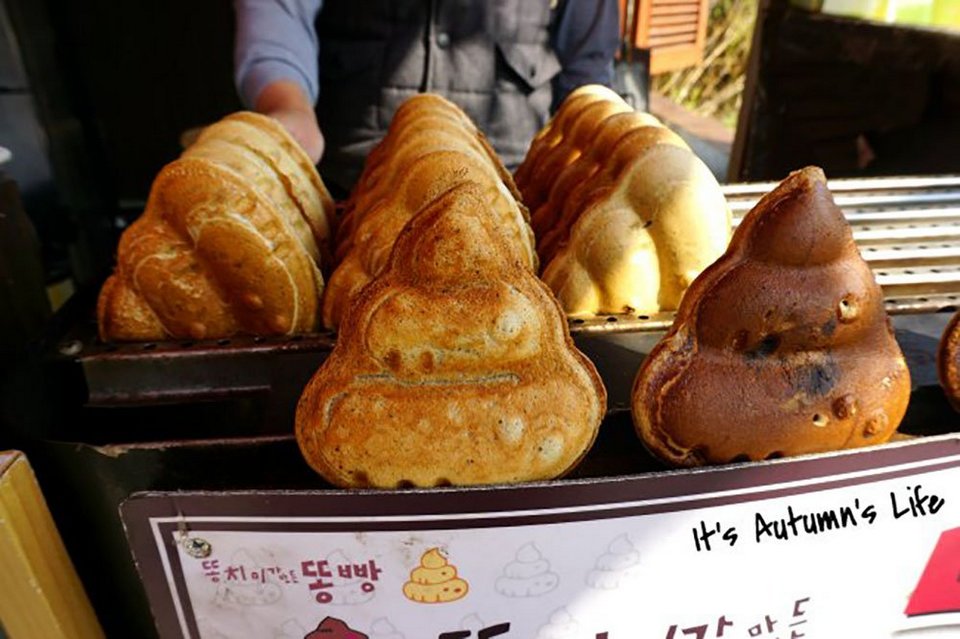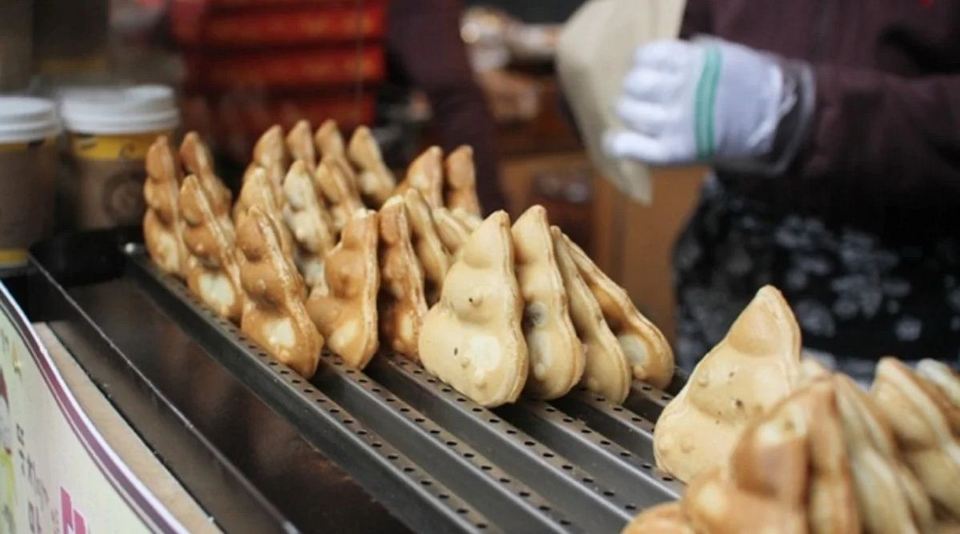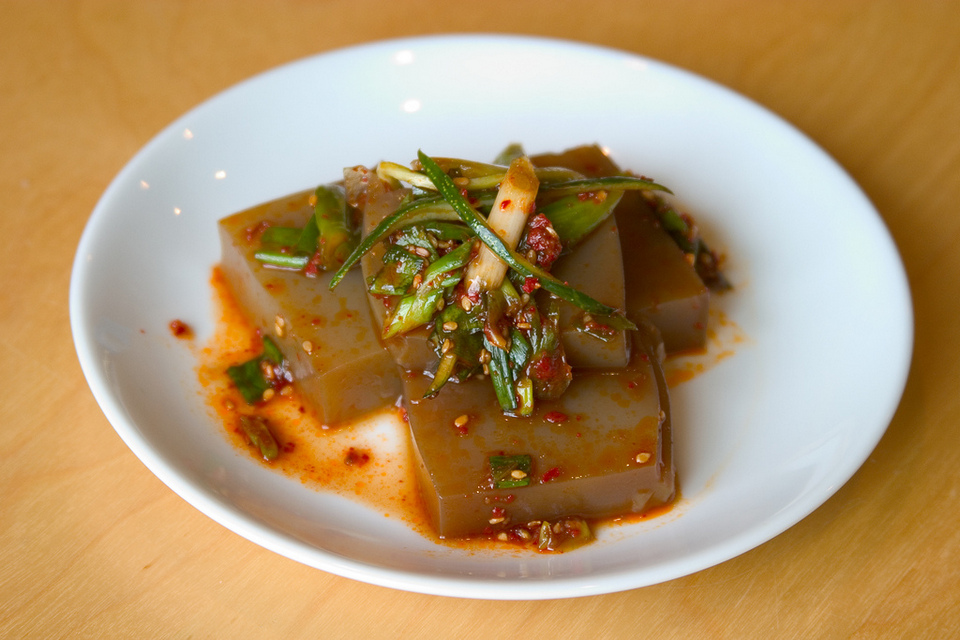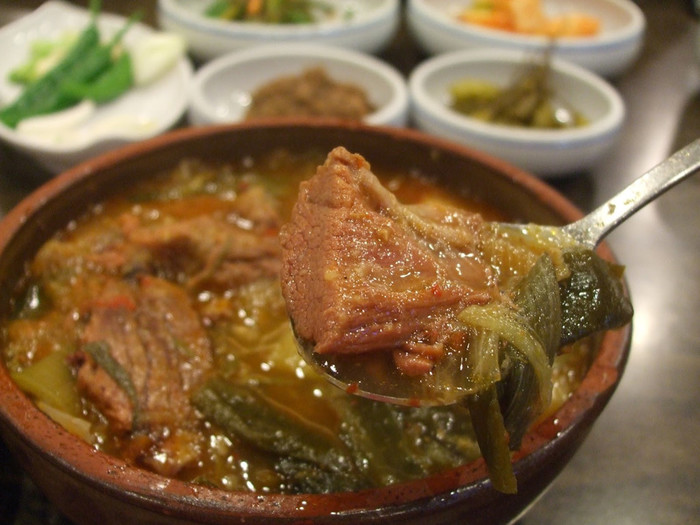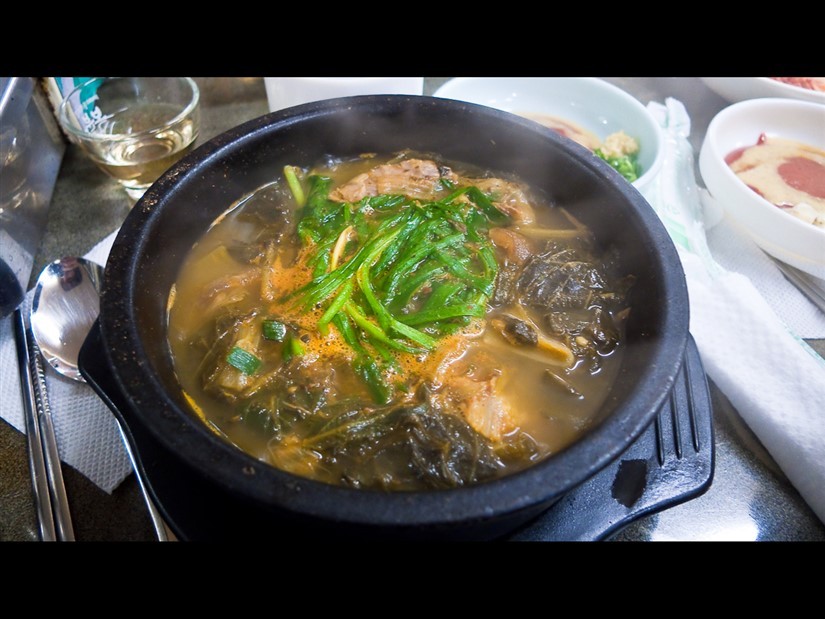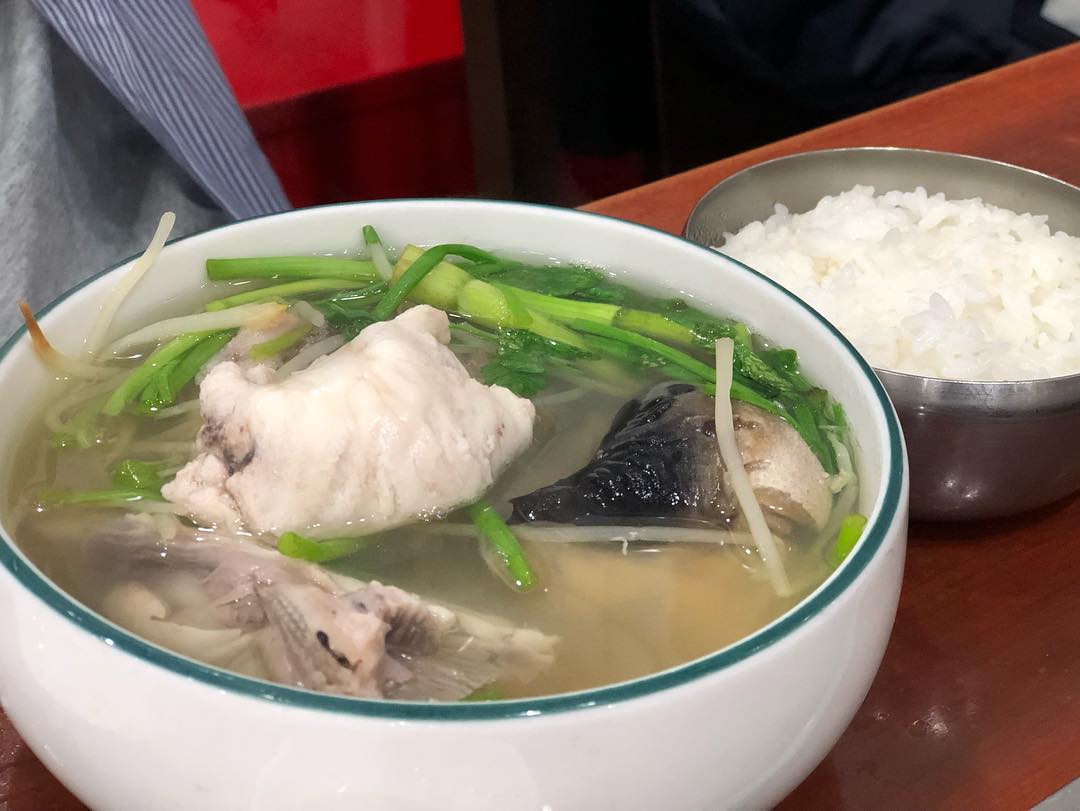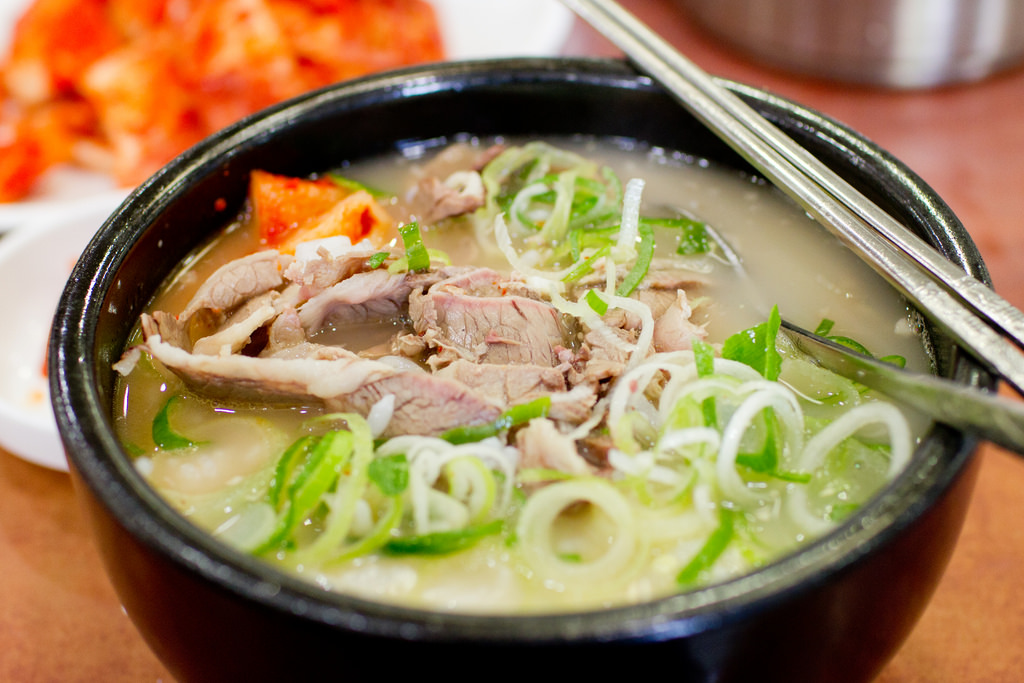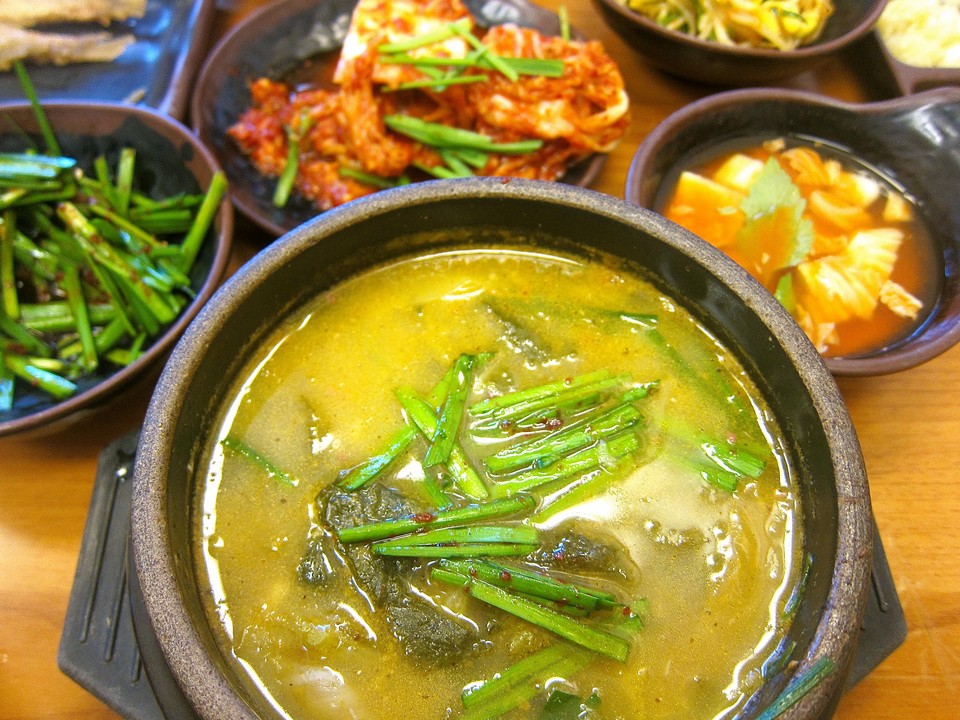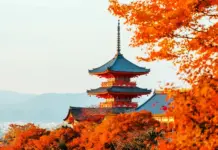Normally, live gaebul is cut into small pieces and eaten raw while still wriggling. Served with sesame oil, gaebul’s taste is similar to that of clam.
- What to eat in Seoul blog — 9 must-eat foods in Seoul & best places to eat them
- Where to eat street food in Seoul? — 9+ famous, must eat places & best food market in Seoul
- Must eat places in Seoul — 5 best restaurant & best street food area in Seoul you must-visit
- Myeongdong food blog — Top 12 Myeongdong best food & Myeongdong street food you must eat
- Seoul and Jeju itinerary 5 days — The detailed Seoul Jeju itinerary and 5-day costs of exploring Seoul and Jeju
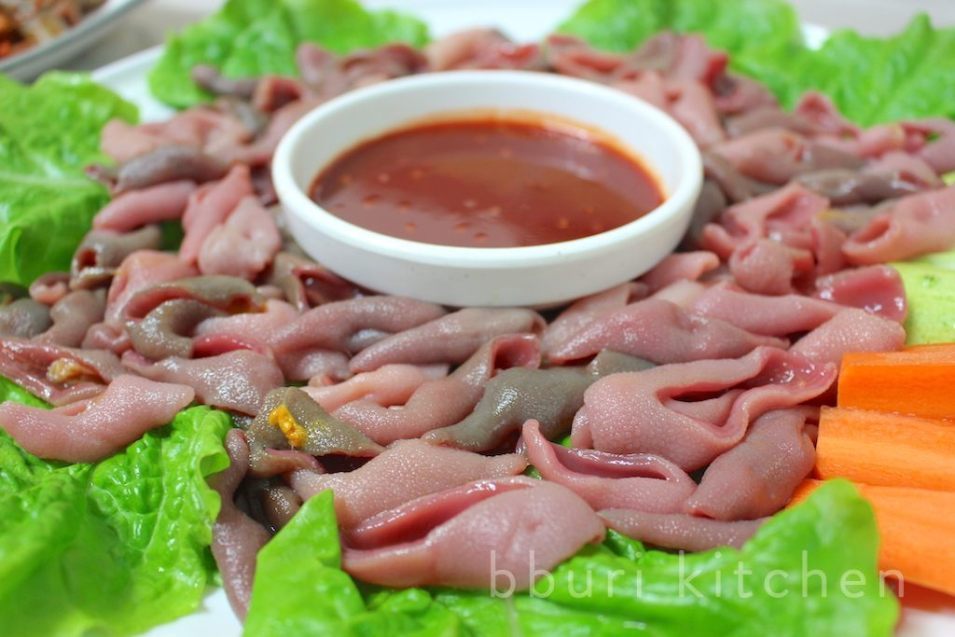
Gaebul is said to have many good health effects, especially sex life. This dish is rated as delicious and safer than Sebalnakji (live octopus). This will definitely be an interesting experience for anyone coming to Korea.
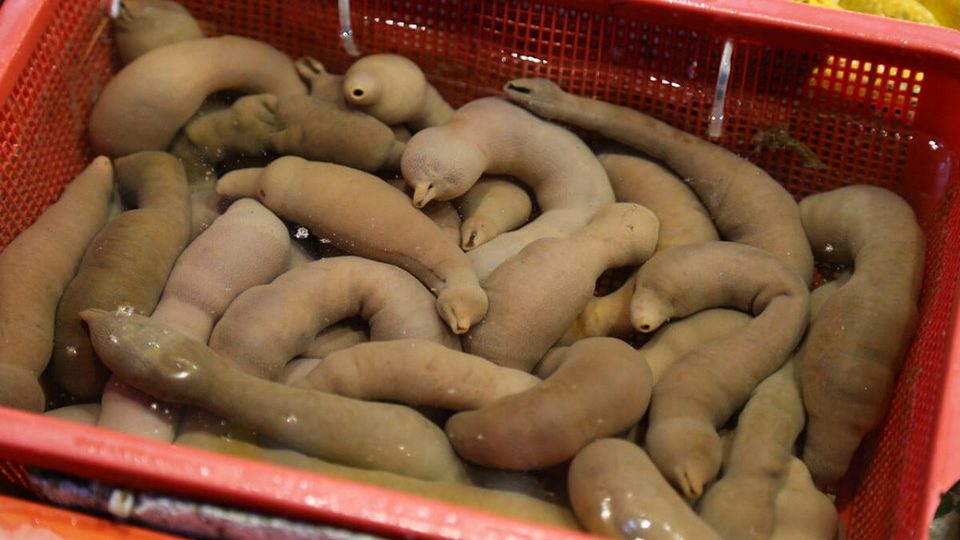
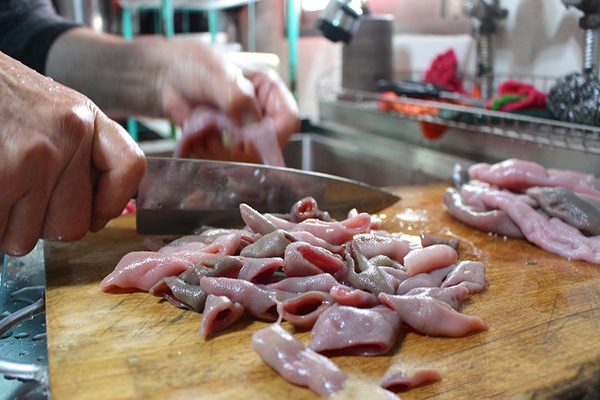
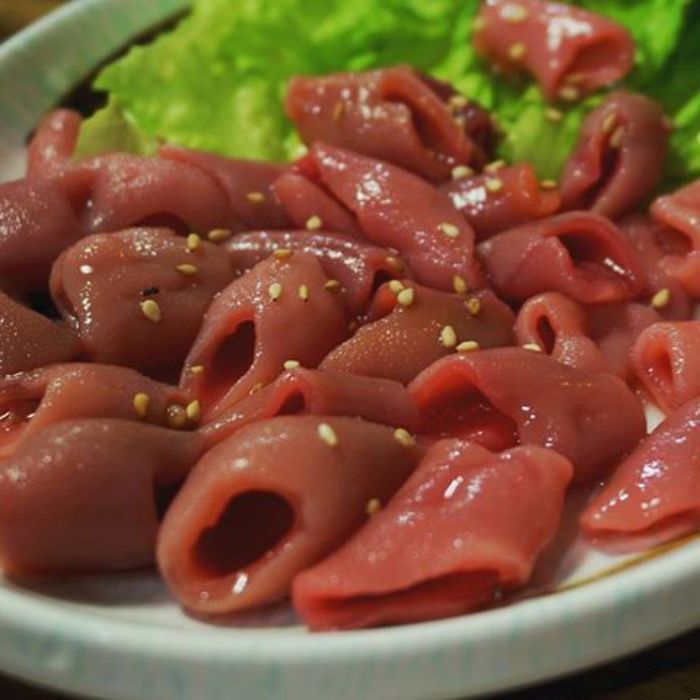
Hongeo (Fermented skate)
Hongeo, or fermented skate, is probably one of Korea’s most exotic foods, not to mention one of the most terrible smells in the world. These fish are like stingrays, not urinating like most other fish.
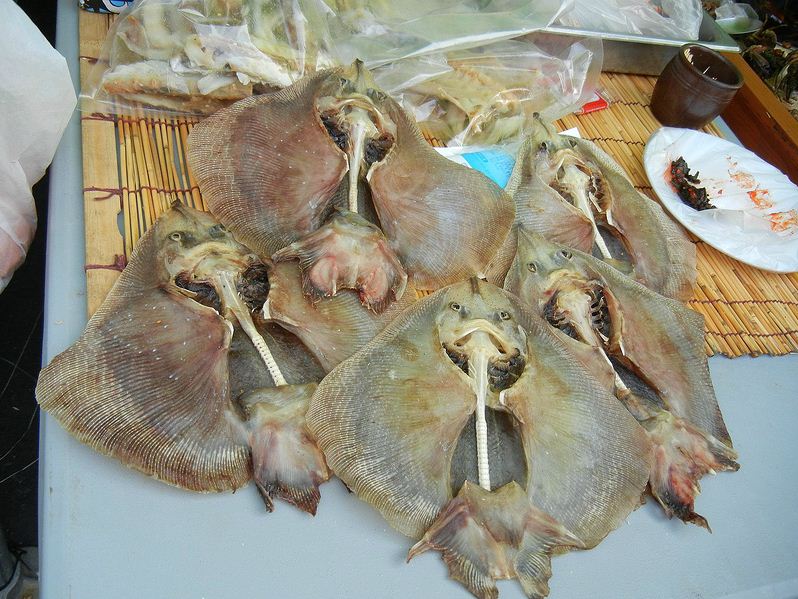
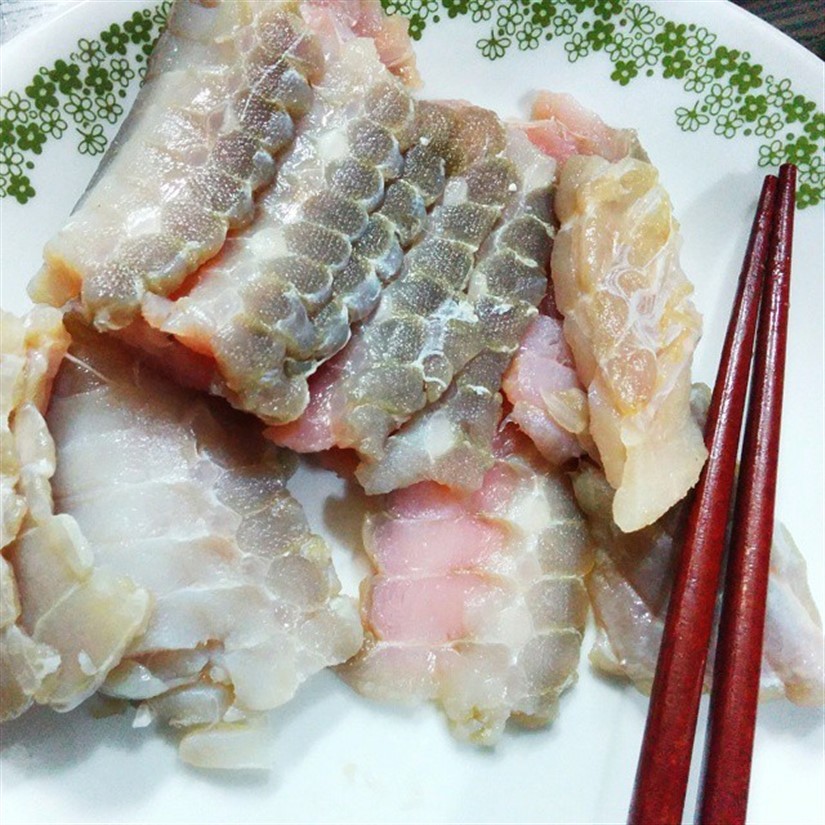
The fish meat is tough and has hard cartilage so it is difficult to swallow and especially very spicy, many people have to try to eat nearly 10 times to feel the craving of this strange dish.
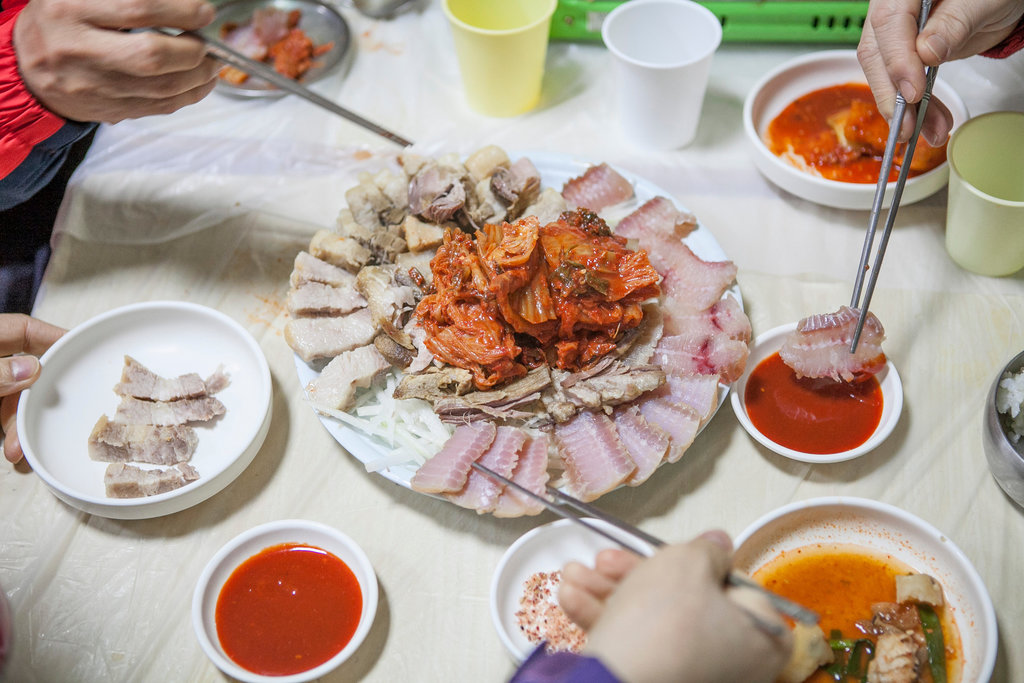
Instead, they transmit uric acid through the skin. When it is fermented, uric acid decomposes into a compound that smells like ammonia. The stench is so strong that diners should breathe in through their mouths and exhale through the nose to reduce contact with odors.

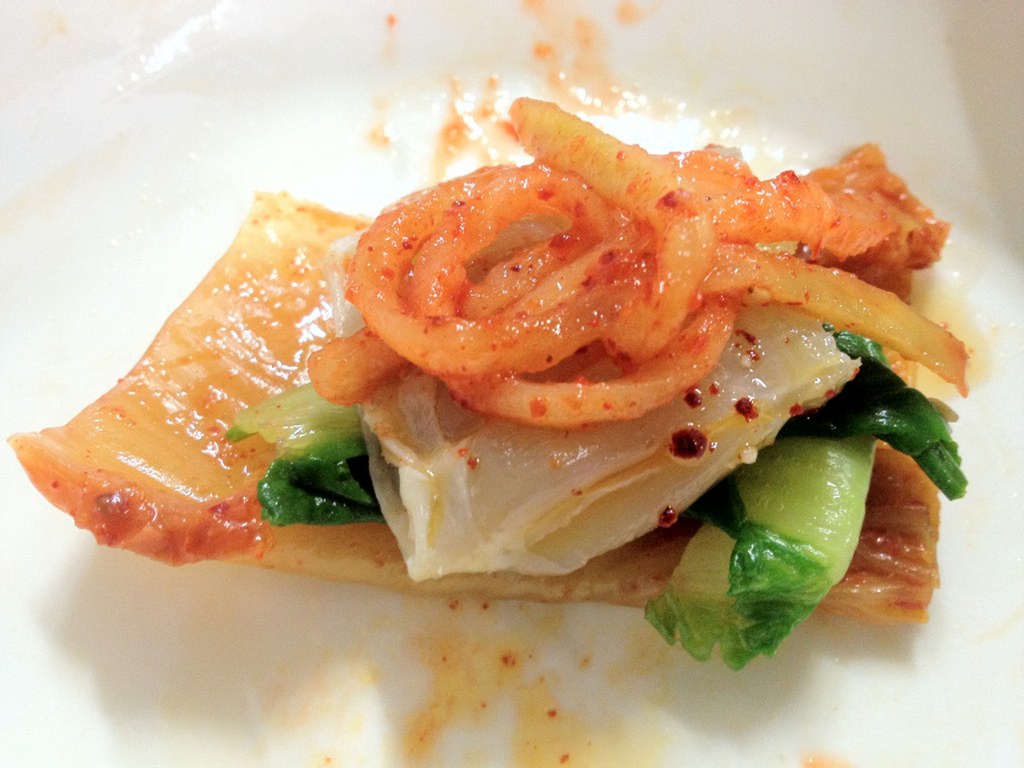
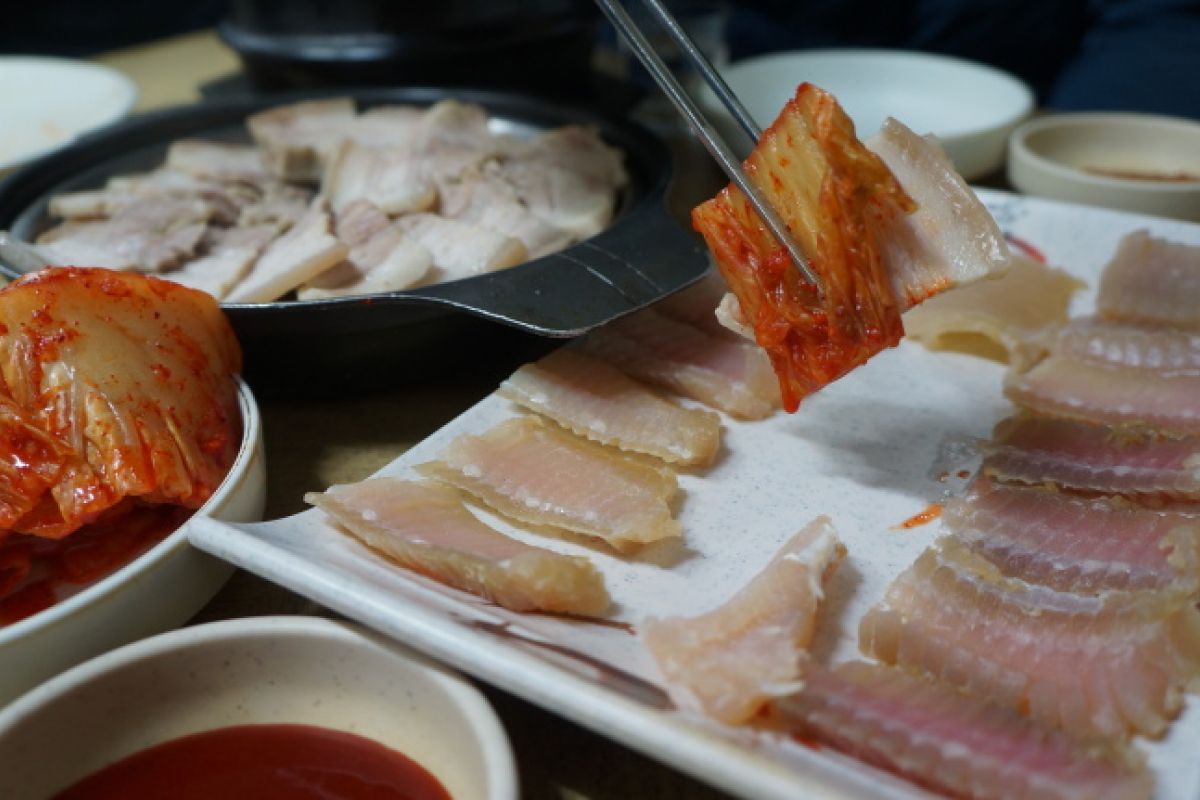
Hongeo once ranked high in the top scary dishes in the world by its smell. Skate fish meat is cleaned and then fermented naturally in a sealed jar for about 1 week. It is worth mentioning here that the smell of this dish is very unpleasant and the taste is extremely spicy so many diners have “surrendered” not to try it.
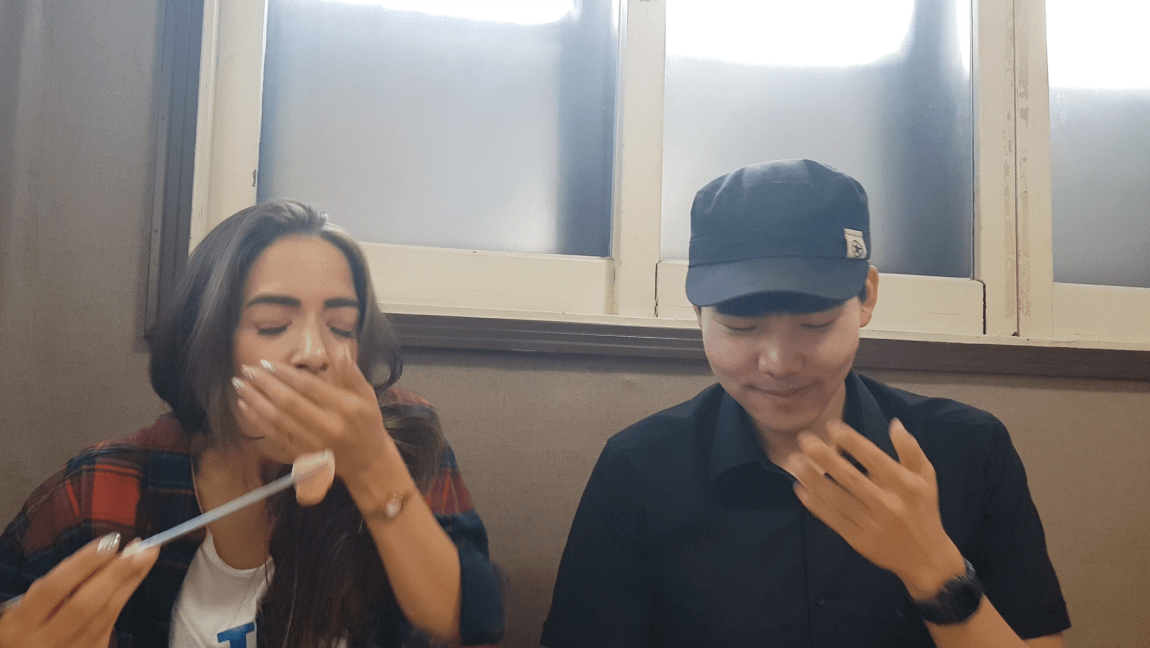
Read more: Hongeohoe (Fermented skate) — A crazy Korean food for your brave.
Teuksubuwi (Beef stomach and intestines)
Unlike many other countries around the world, Koreans eat everything related to the digestive organs of cows. The cow has 4 stomachs, the first stomach looks like it is bleached and the same color as the expired steak, chewing like chewing an eraser. The second stomach is called “buhljip”, is gray in color, the texture is like a car tire. The third stomach “cheonyeop” – this type is often sliced off and eaten with beef blood and beef liver. The last type is “makchang” not as tough as the first, lean and softer stomach. The small intestine and the large intestines are also processed into some delicious dishes, especially BBQ.
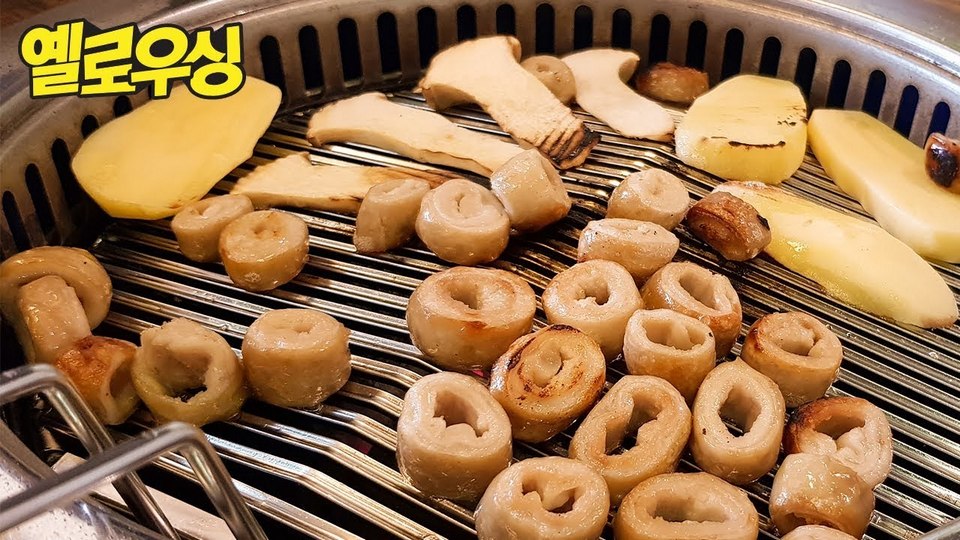
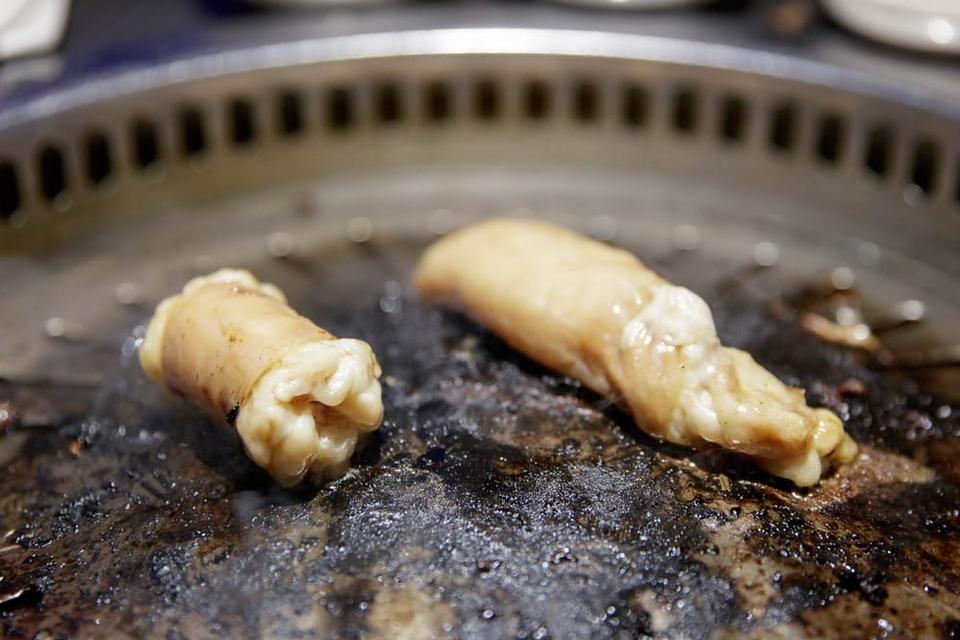
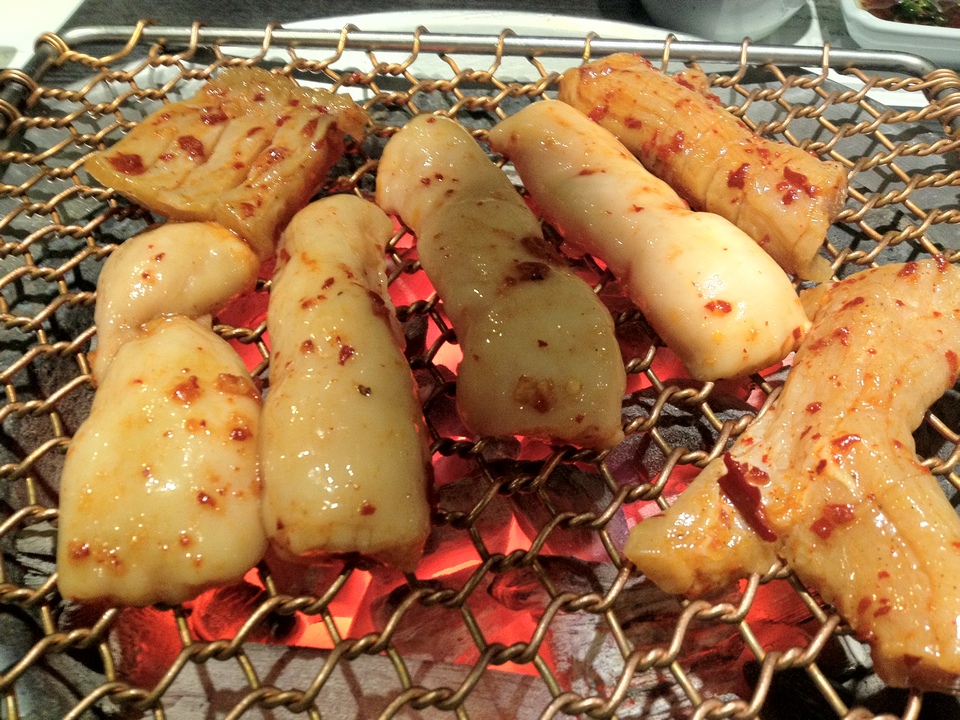
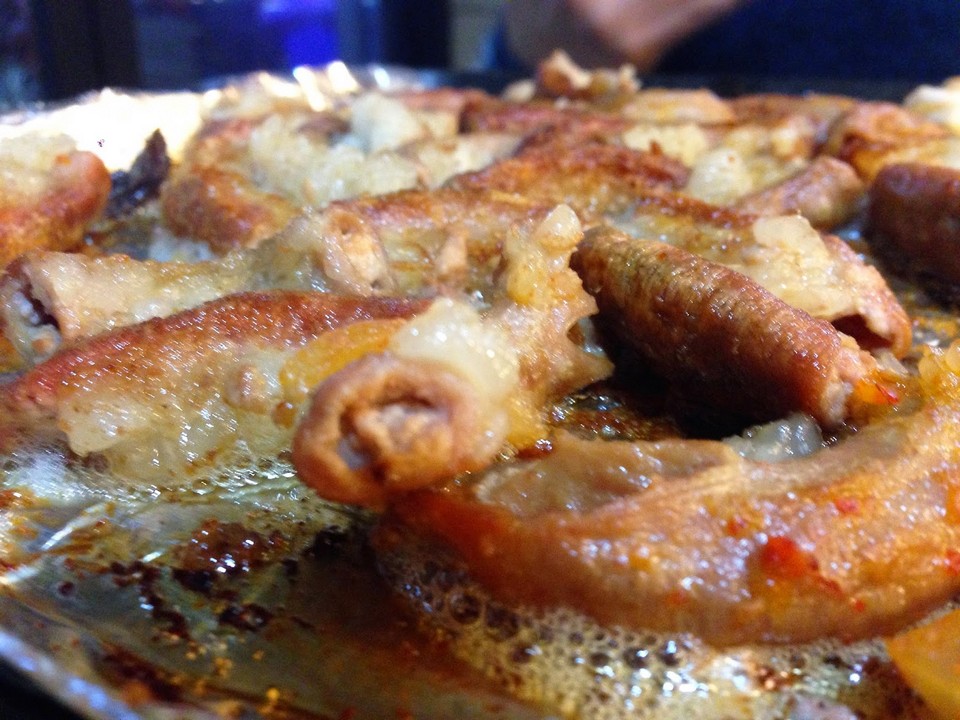
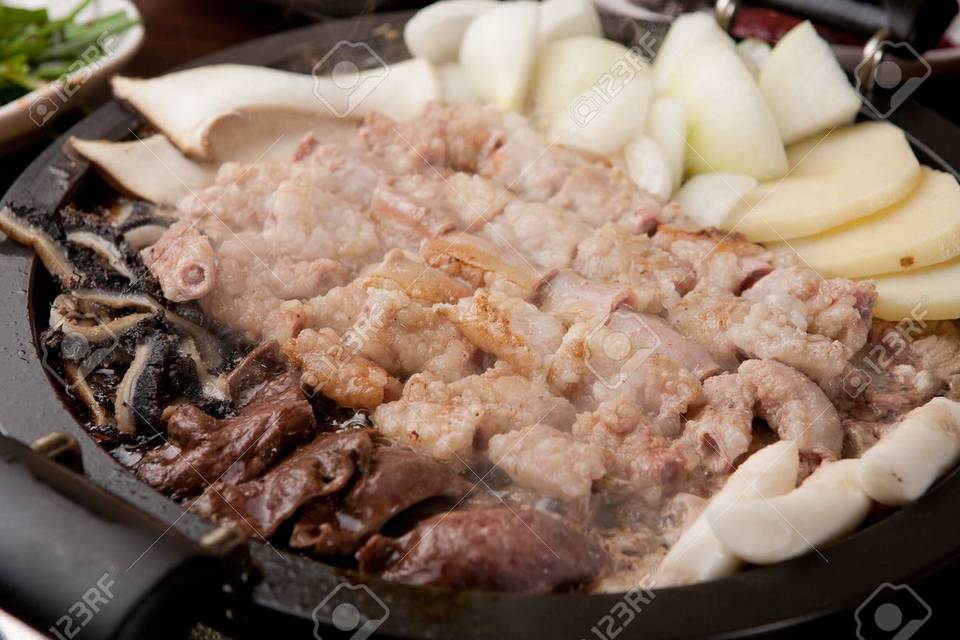
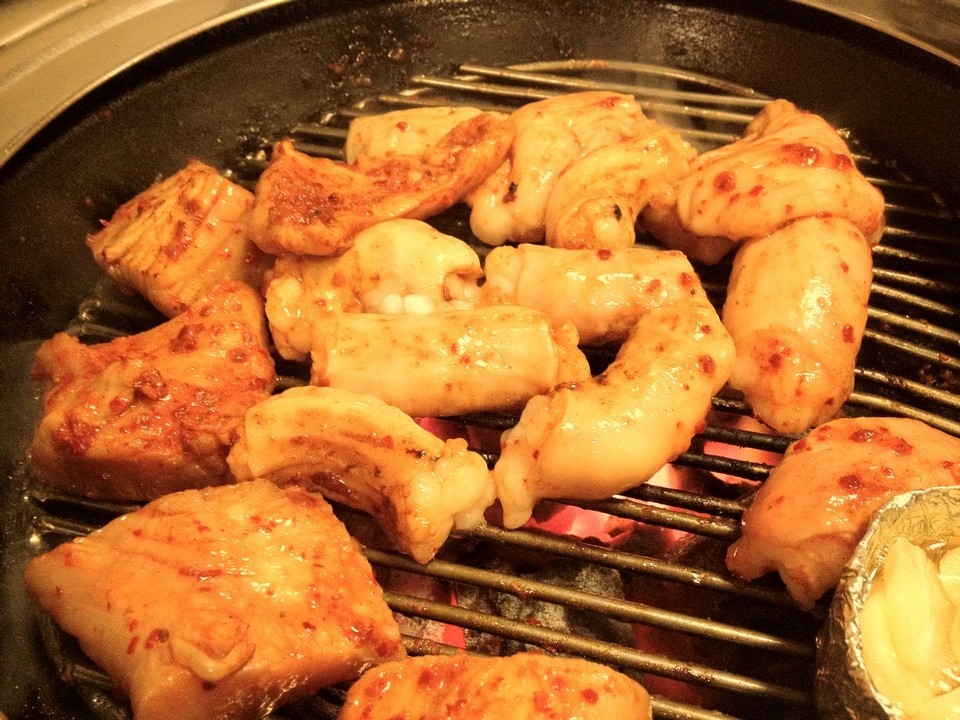
Dakdongjib (Chicken Gizzard)
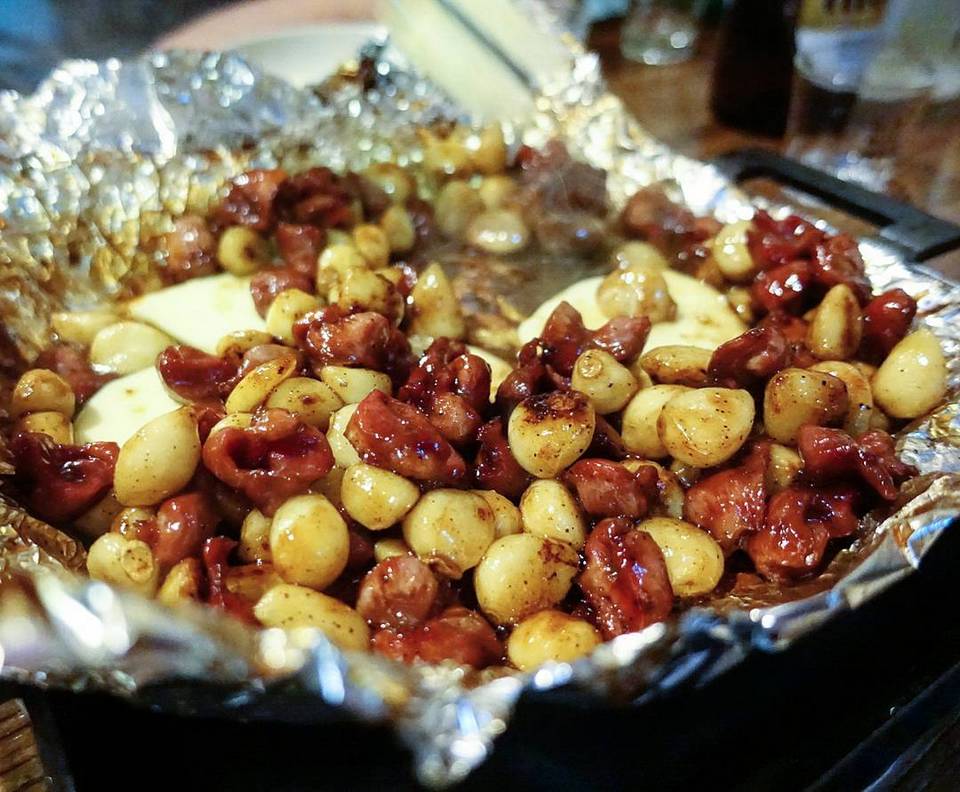
It is usually skewered and marinated with spicy sauce or stir-fired with garlic, chili, onions, red peppers, and tastes like chicken liver when eaten.
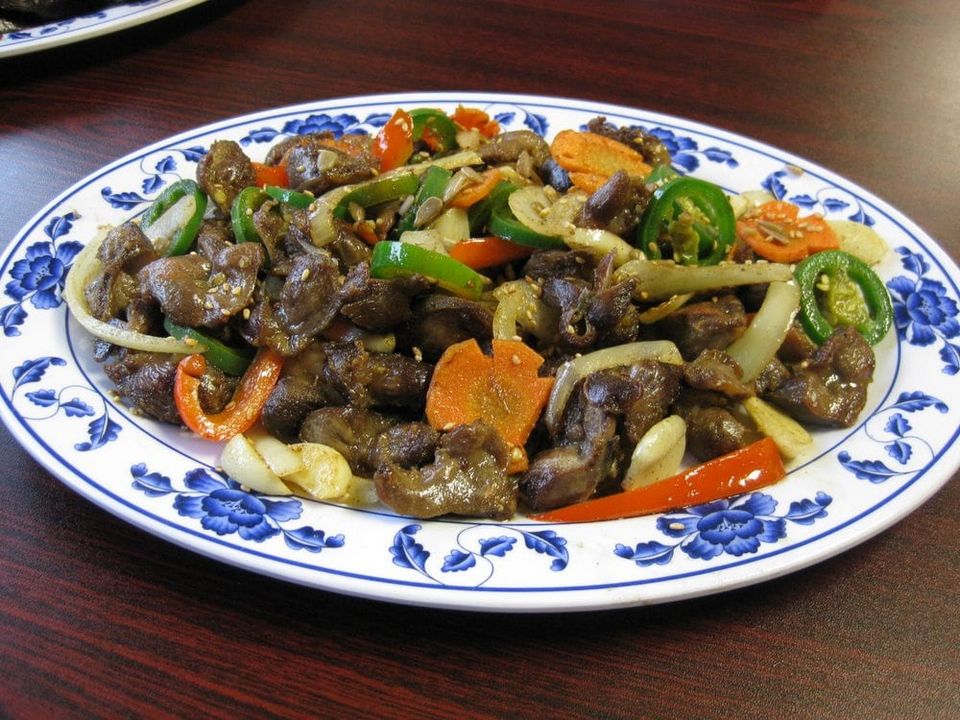
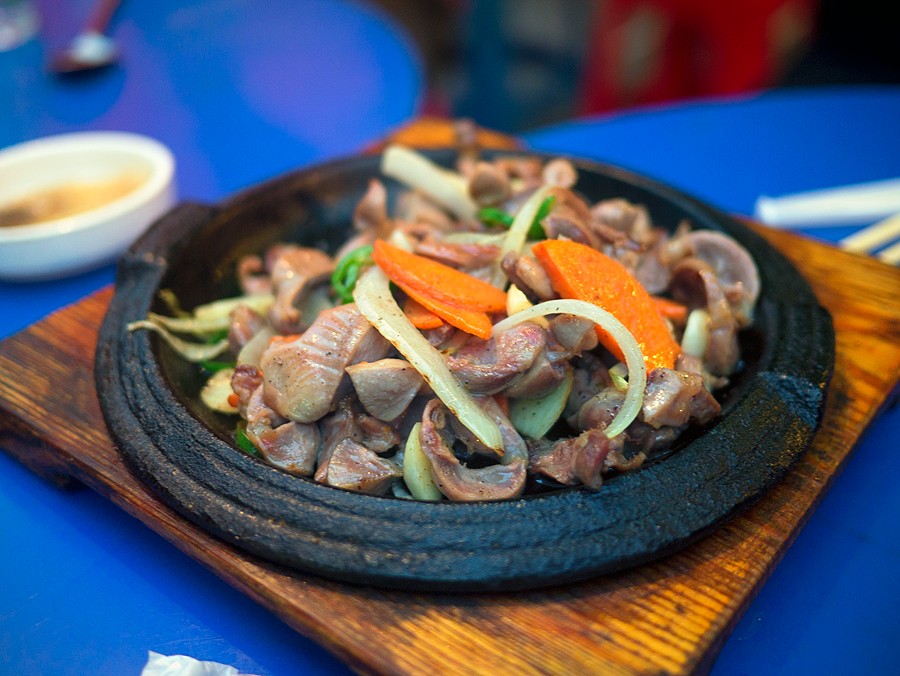
Cheonggukjang (Fermented Soybean Soup)
Many people describe the flavor of fermented (stinky) soybean soup as very similar to the smell of long-dead fish. Therefore, not all tourists love this dish when coming to Korea. Even not at all Koreans can eat this dish. But those who are familiar are very addicted to its smell.
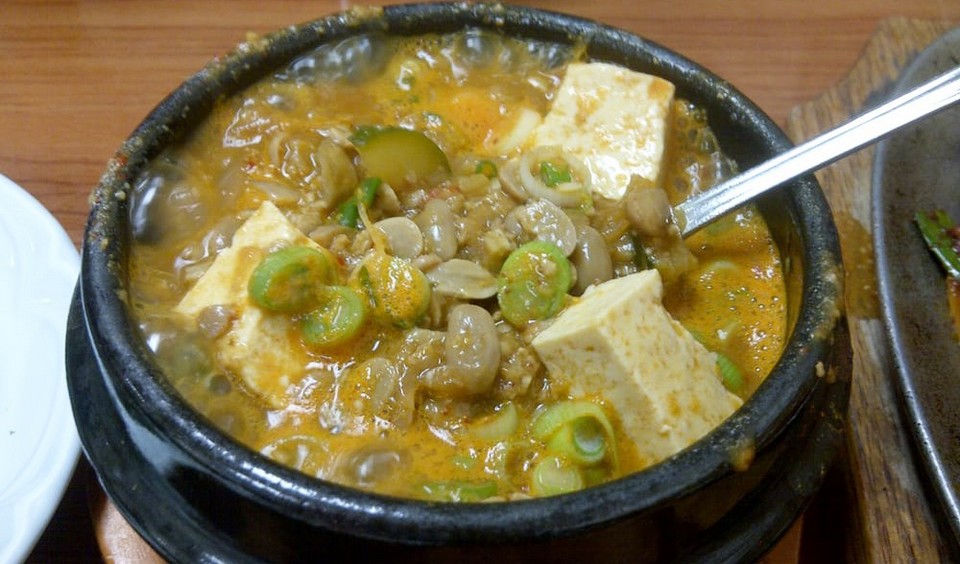
If you can’t smell natto (Japanese Fermented Soybean), it’s better to stay away from Korean cheonggukjang soup. This soup is cooked from fermented soybeans, creating a characteristic smell that is hard to smell.
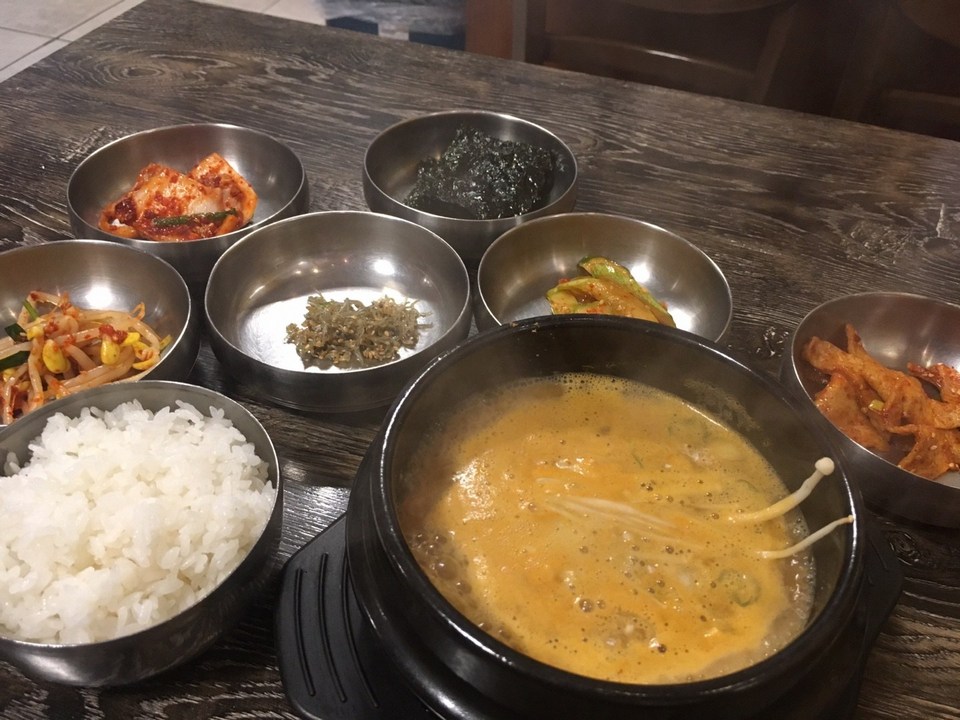
Jokbal (Braised Pork Trotters)
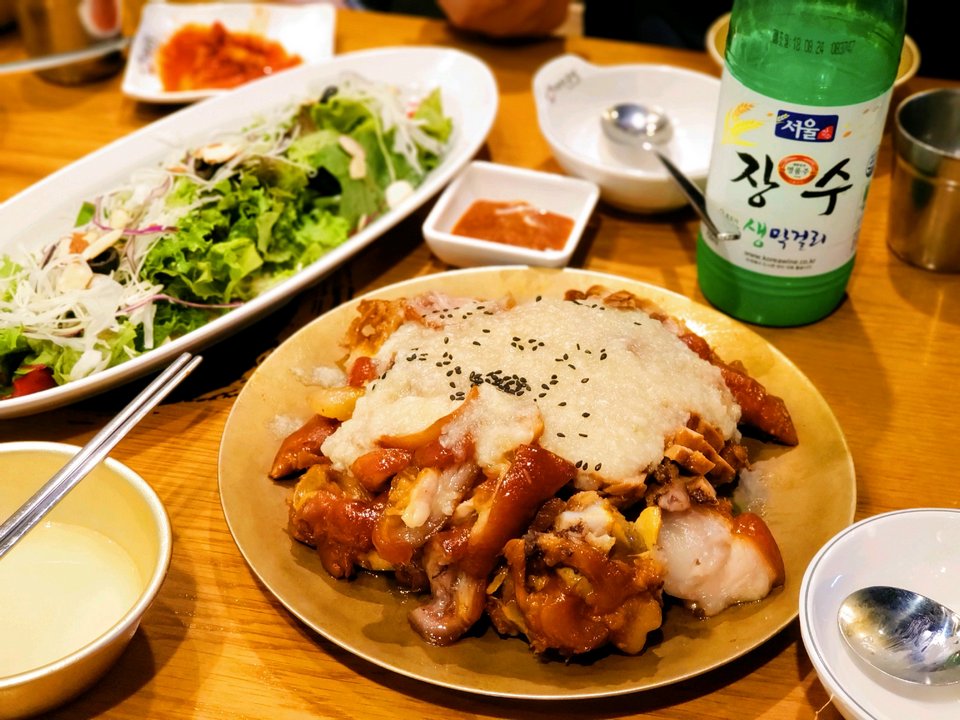
Jokbal is usually eaten by Koreans at night with a glass of Soju. Although it is a strange dish, Jokbal is a popular night food.
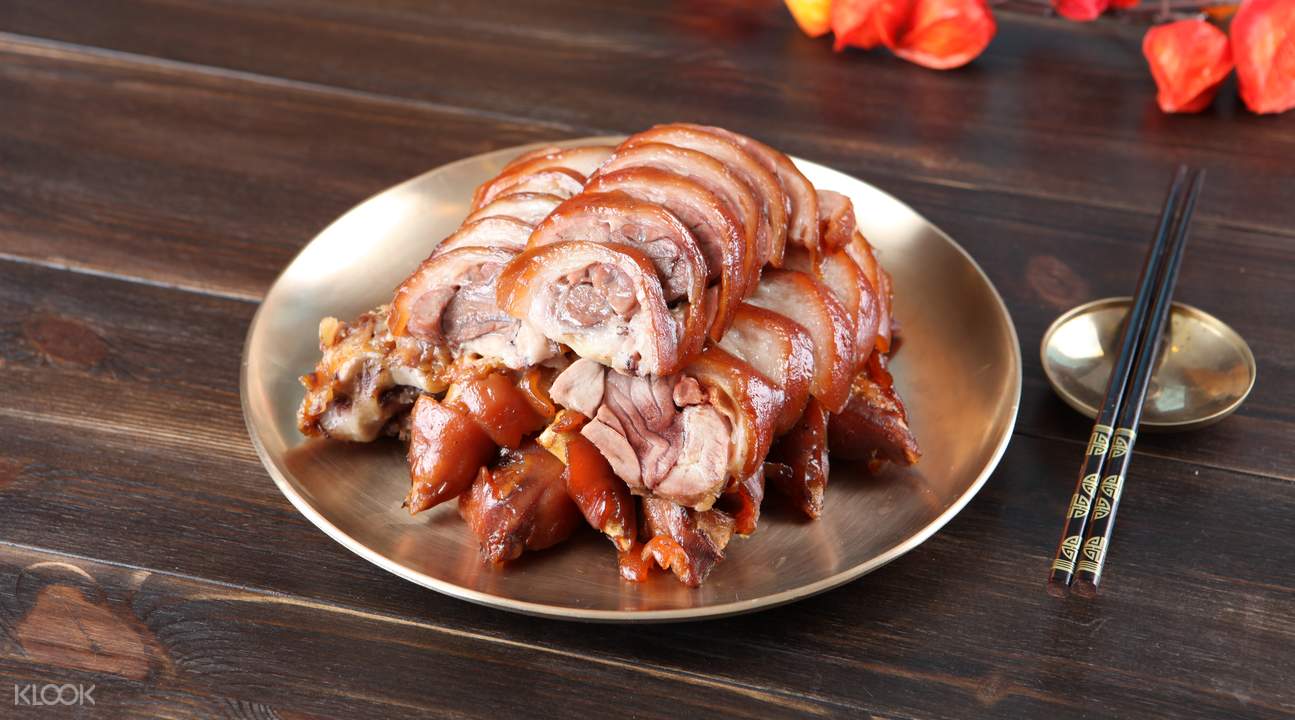
Ddongbbang (Poop Bread)
This cake is also included in the list of exotic dishes of Koreans, but in my personal opinion it looks very cool and not scary. And when you overcome the guilt about its appearance, when you eat you will find the taste of this cake is extremely delicious and attractive. This is considered a lucky cake of Korea.
Many people have lost interest and cannot fully enjoy this cake because of its extremely impressive shape. However, when you try it, you will find the taste quite good.
Tarakjuk (Korean Milk Porridge)
Tarakjuk milk porridge is made from simmered glutinous rice, adding milk, salt and honey. This dish is derived from Korean court cuisine.
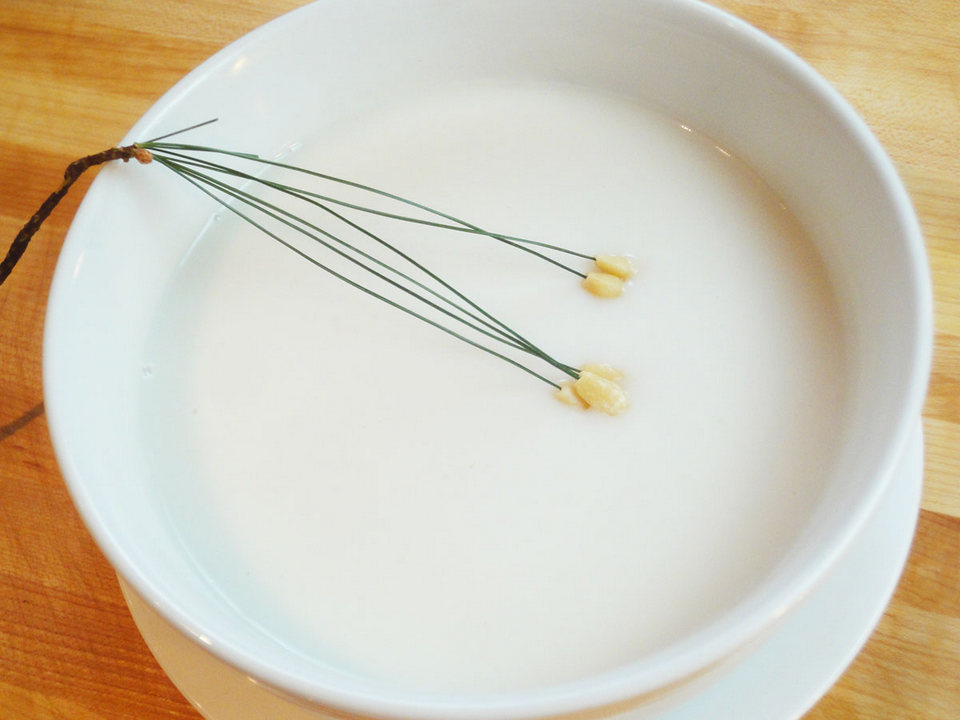
Dotorimuk (Seasoned acorns jelly)
Dotorimuk jelly is made from cooked acorns and ground into powder to remove the poison. This type of jelly is quite firm and bitter, often eaten with soy sauce and vegetables.
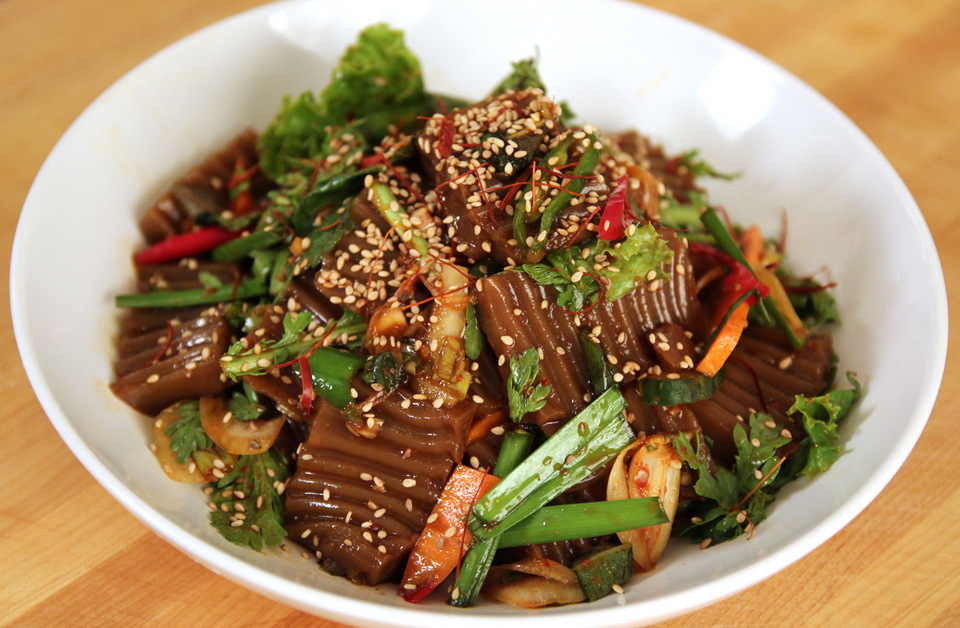
Bosintang (Dog Meat Stew Soup)
This is a traditional Korean stew dog soup, eaten on the hottest days of the year to refresh your health. Today, due to the influence of Western countries, fewer and fewer people who eat dog meat even though it used to be popular in this country.
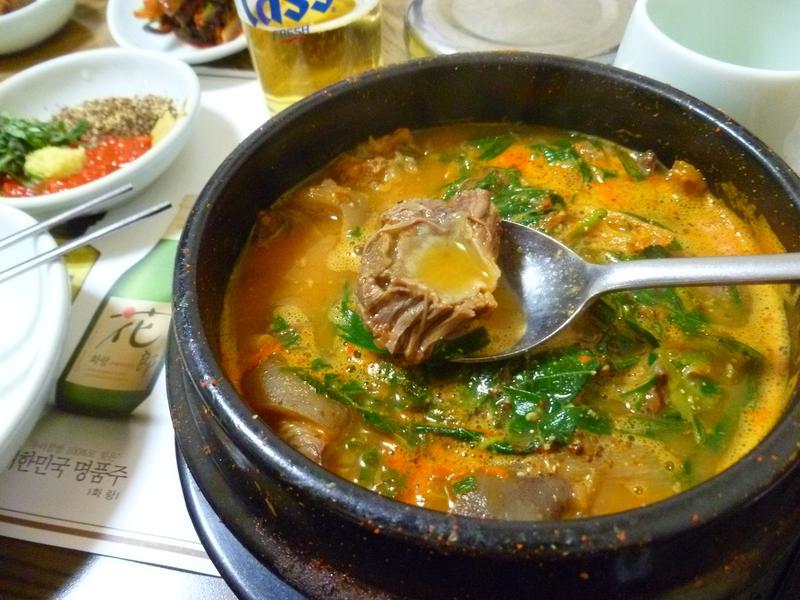
Sundae (Blood Sausage)
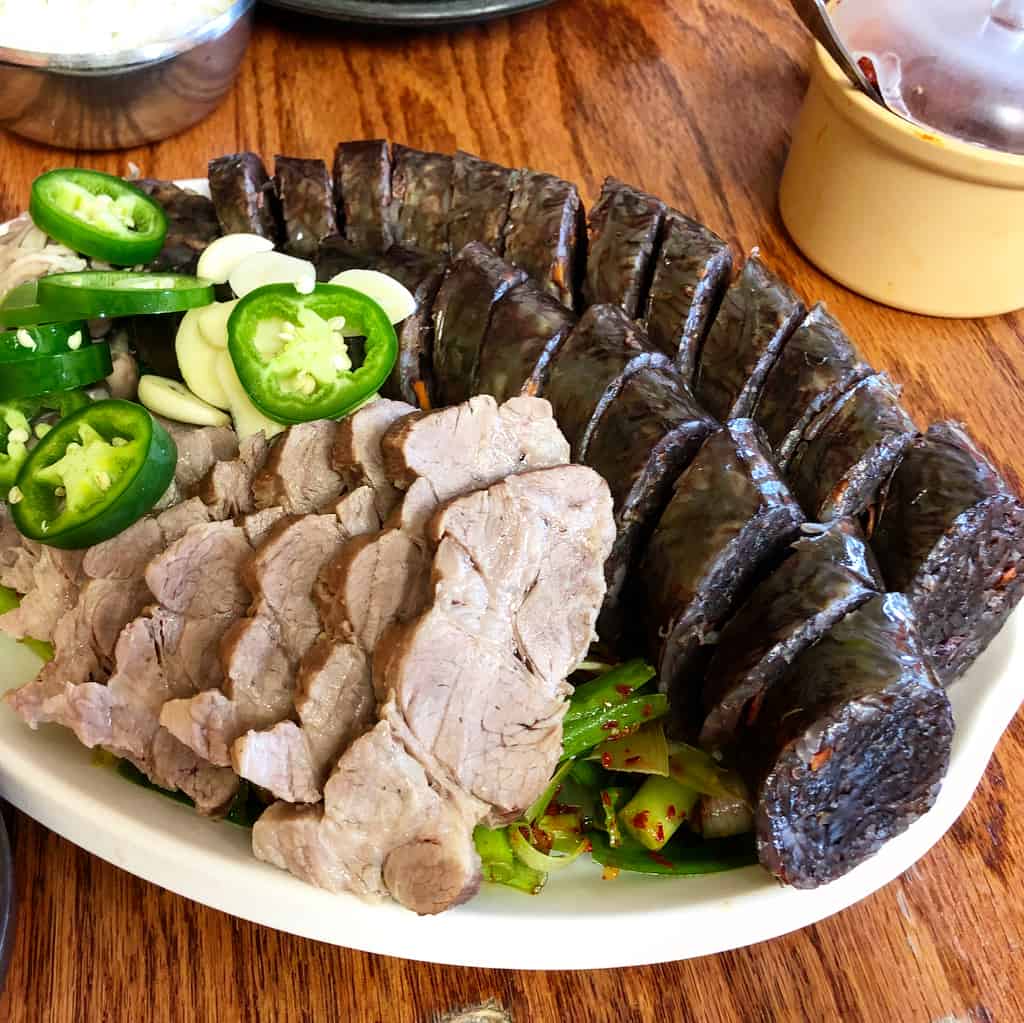
Sundae (or soondae) including small and large pork intestines are cleaned, stuffed with dangmyeon (starch noodles), barley and pig secretions, sometimes with perilla leaves, green onions, doenjang (stewed fermented soybean paste), glutinous rice, kimchi, and sprout soybeans. Today, Koreans have more sundae variants that make the dish more diverse.
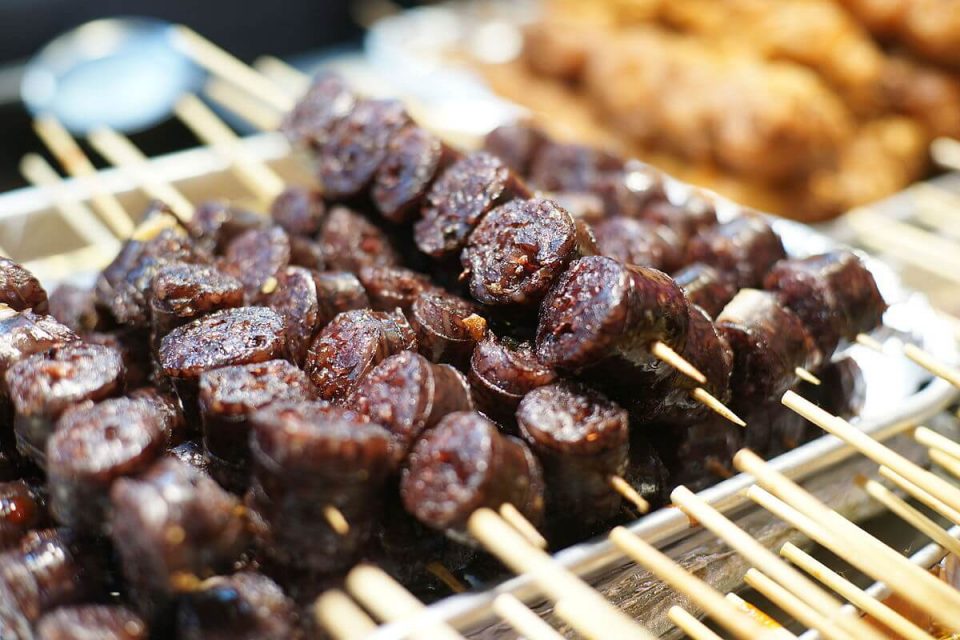
This blood sausage is sold a lot on street stalls, in the night markets or in Korean restaurants. Sundae has taste quite mild, often served with chili peppers to enhance the flavor. If you are a believer of blood sausage, you will quickly fall under this dish, right?
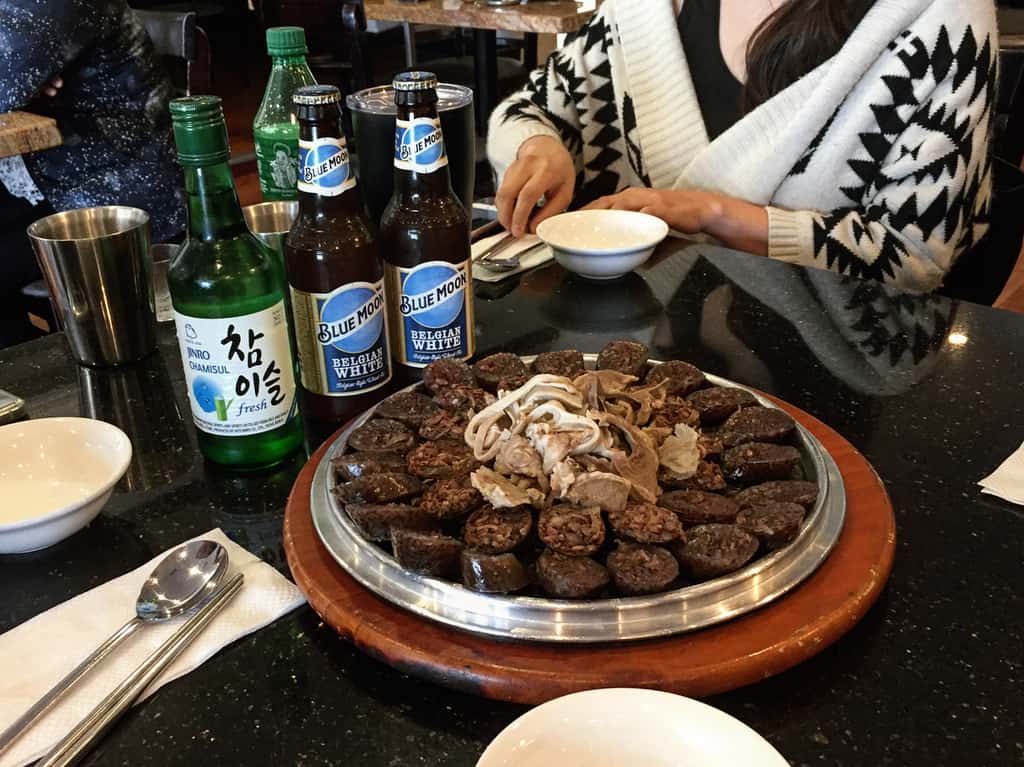
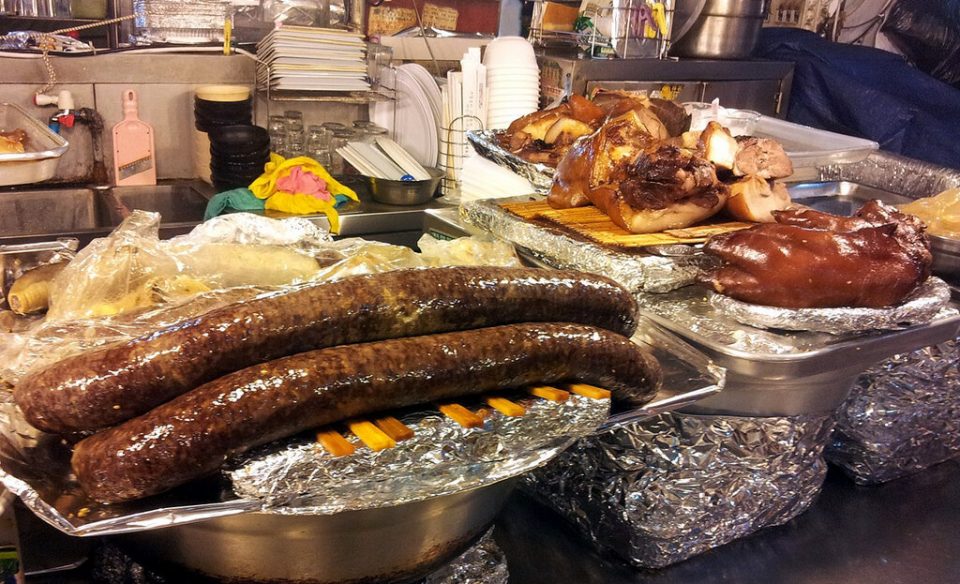

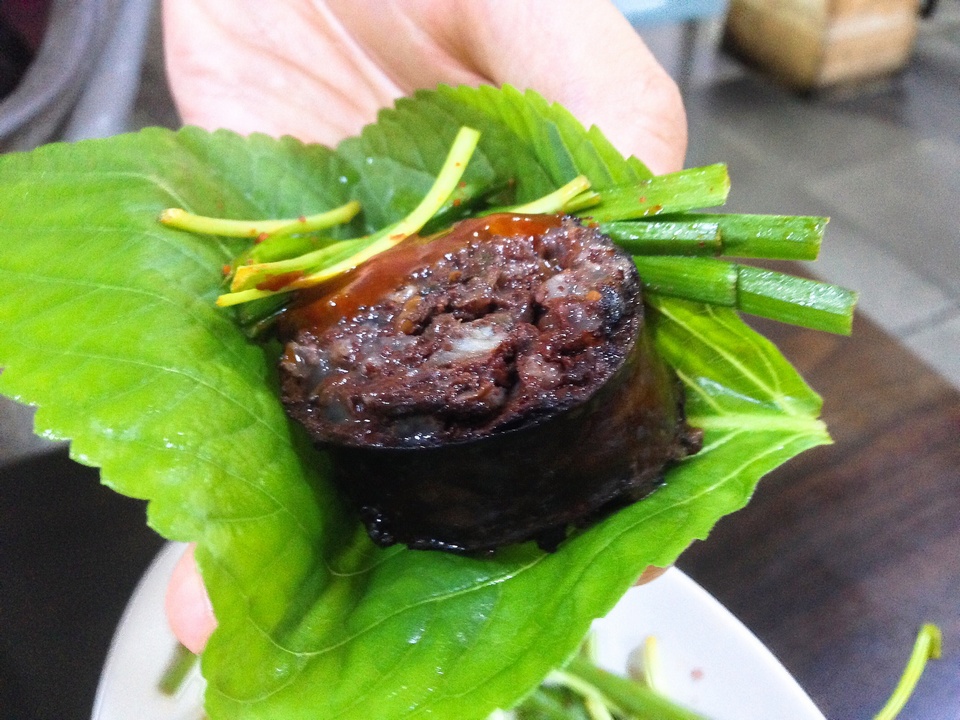
Bokjili (Deadly Blowfish Soup)
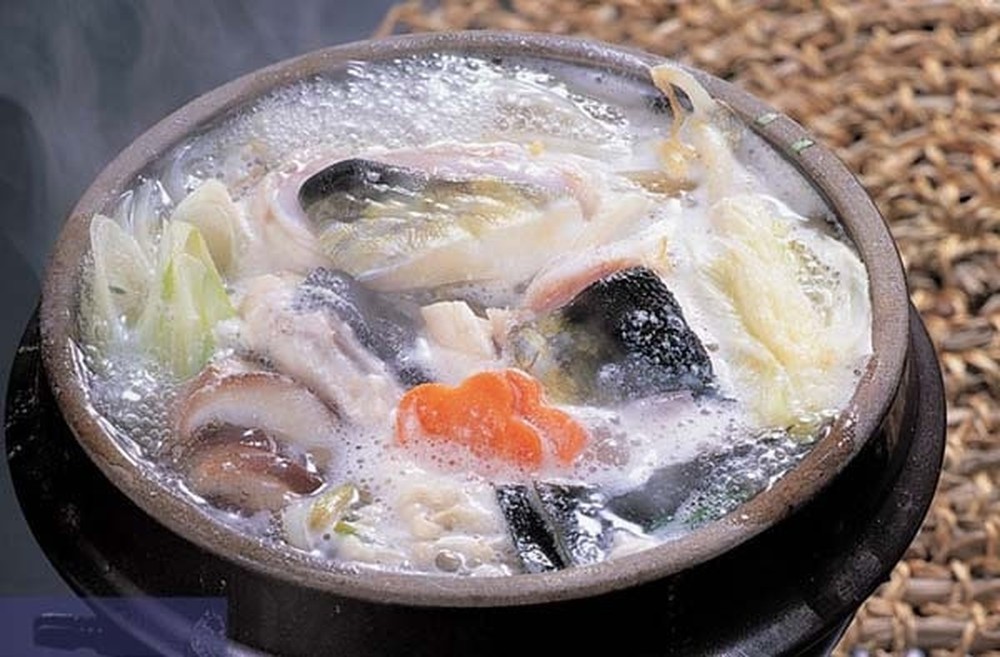
You may have heard of the fugu sashimi (puffer fish, deadly poisonous fish) with ultra-thin sliced of Japanese. Bokjili is a dish that uses the same ingredients but the chef does not need a certificate to prepare and serve this dish to diners.
Seolleongtang (Beef Bone Soup)
Beef bone soup is a dish attracts a lot of diners when winter comes. Beef bones are stewed for 10 hours so that bone marrow penetrates into the broth, the soup will have a wonderful sweet aroma that is irresistible. Add a few slices of thin beef are also boiled in the broth, this dish is just too wonderful, hard to blame why Koreans like it so much.
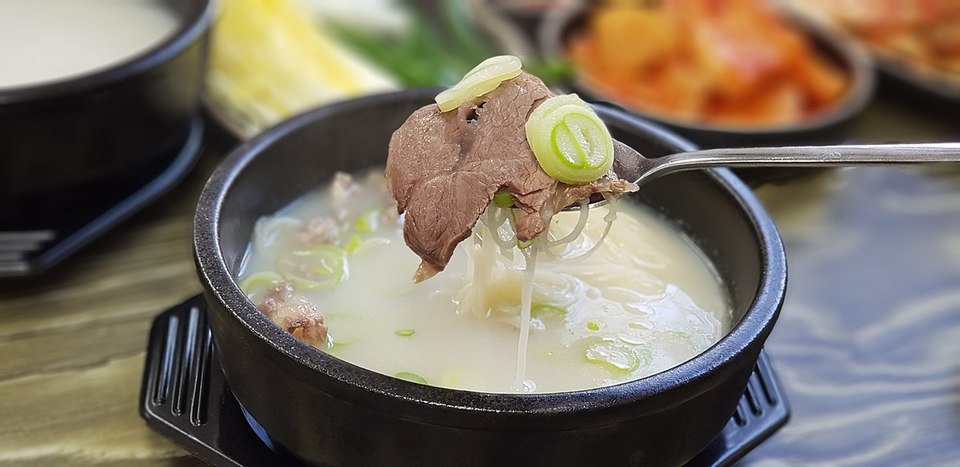
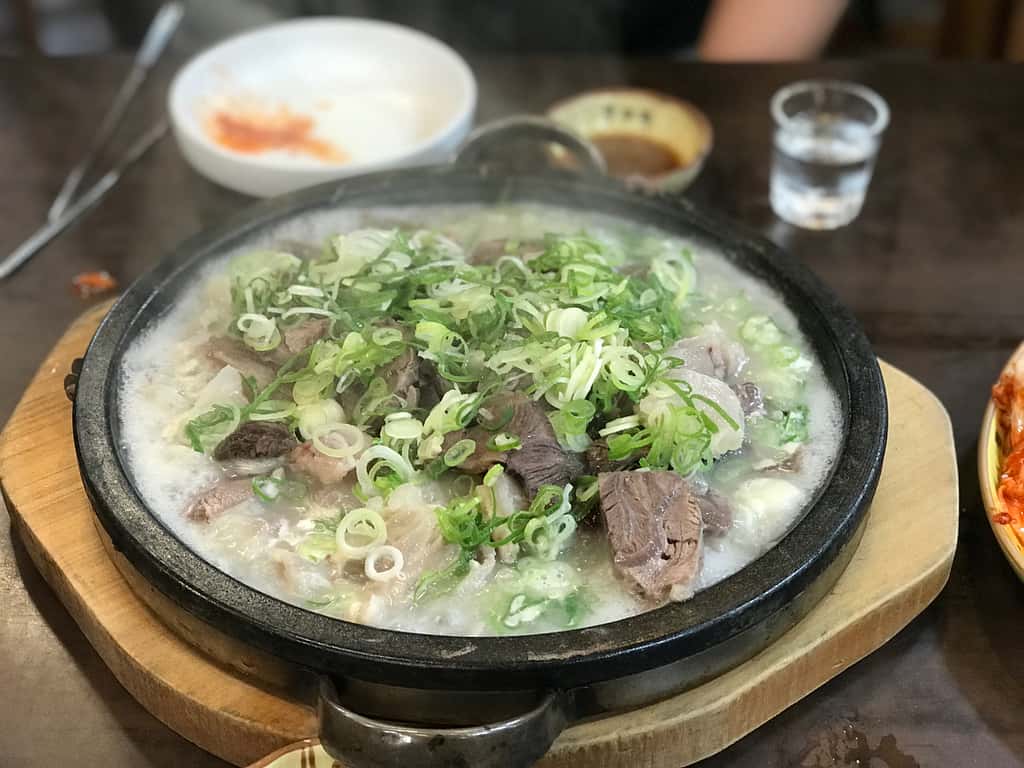
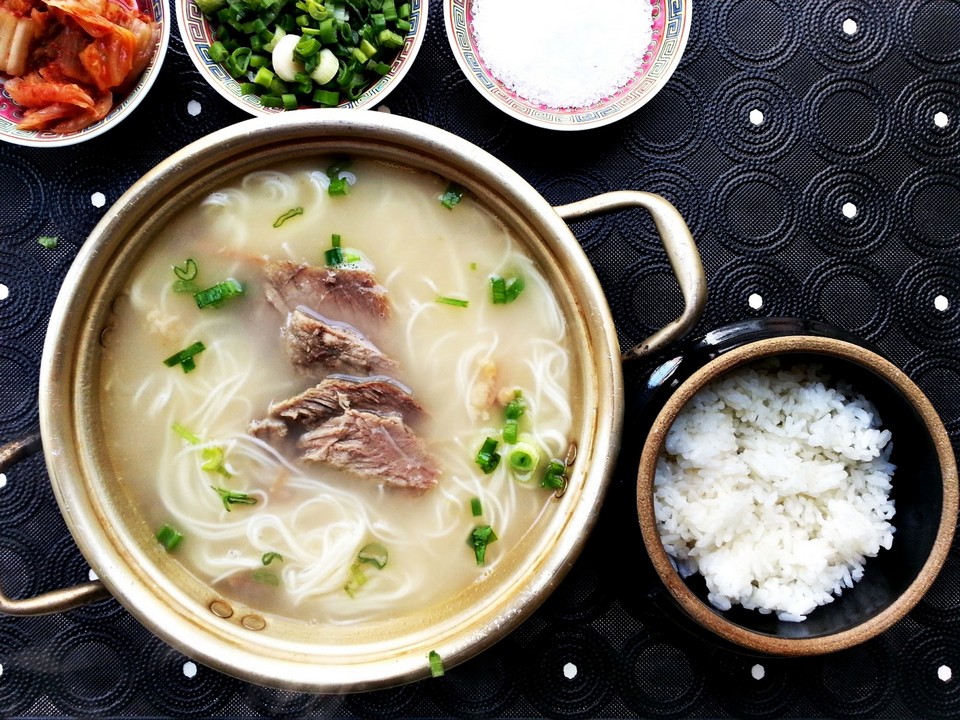
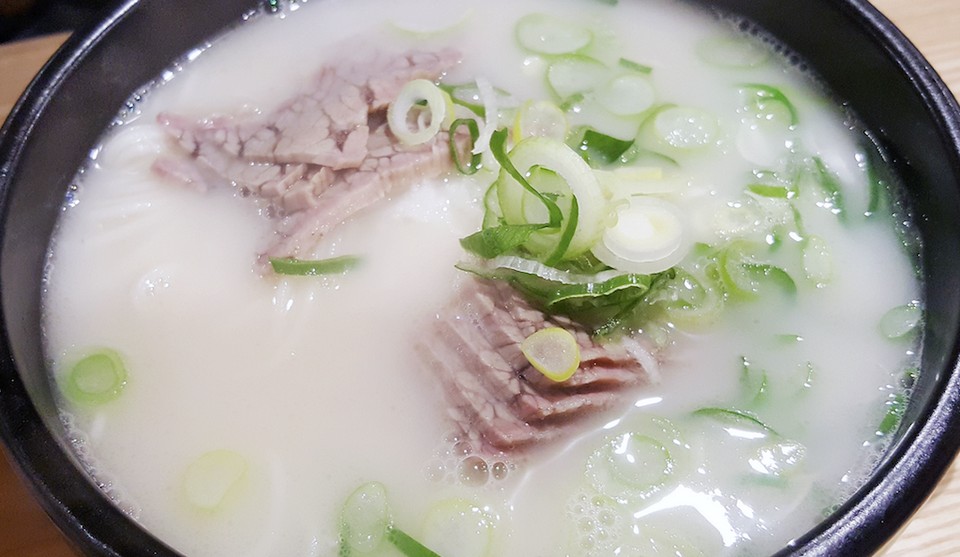
Of course, beef bone soup not only has the broth of stewed bones. After stewing the bone, the chef will add green onion, pepper, salt to increase the flavor for the dish and served with a hot bowl of white rice, or some delicious noodles. What a great dish to warm the body on the cold wind days?
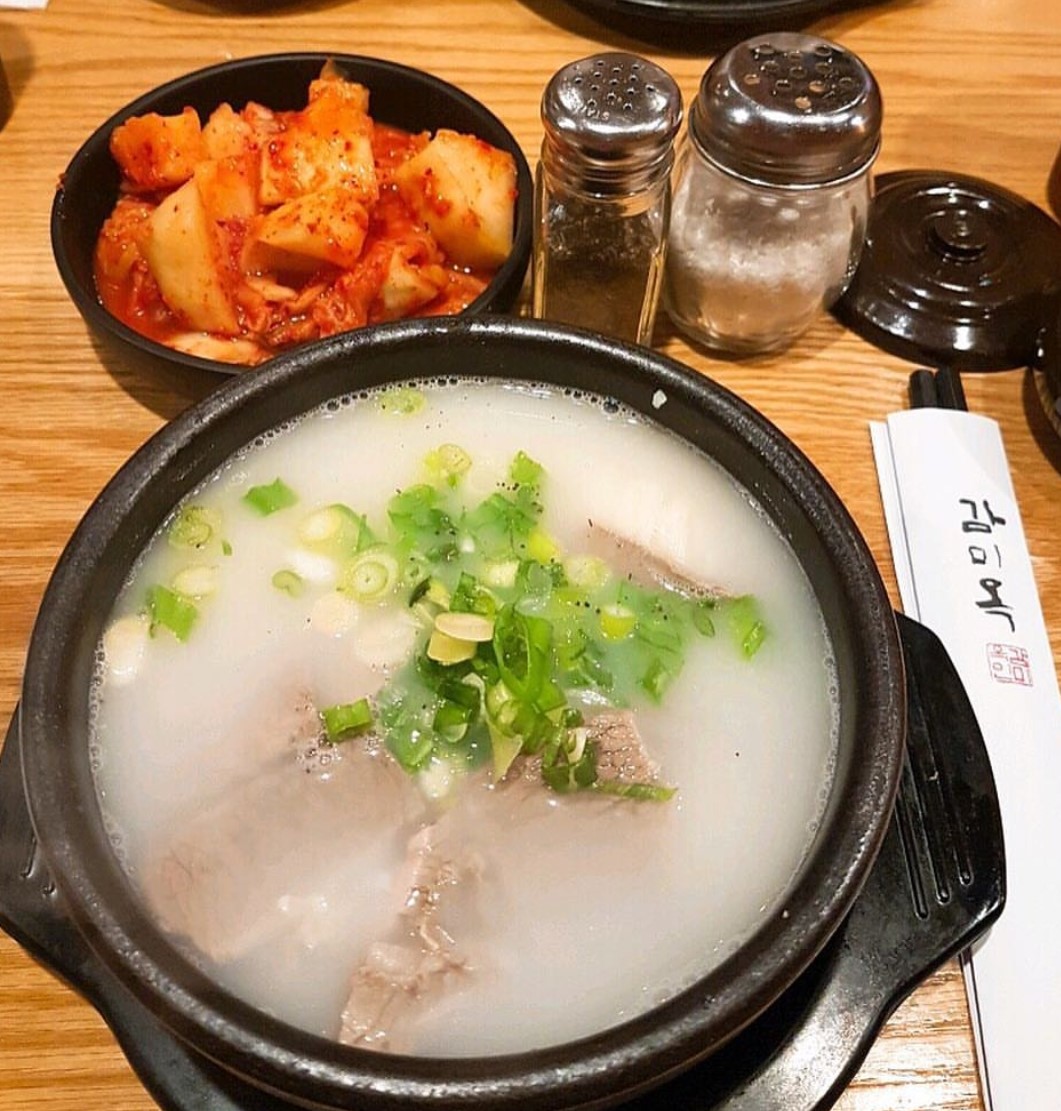
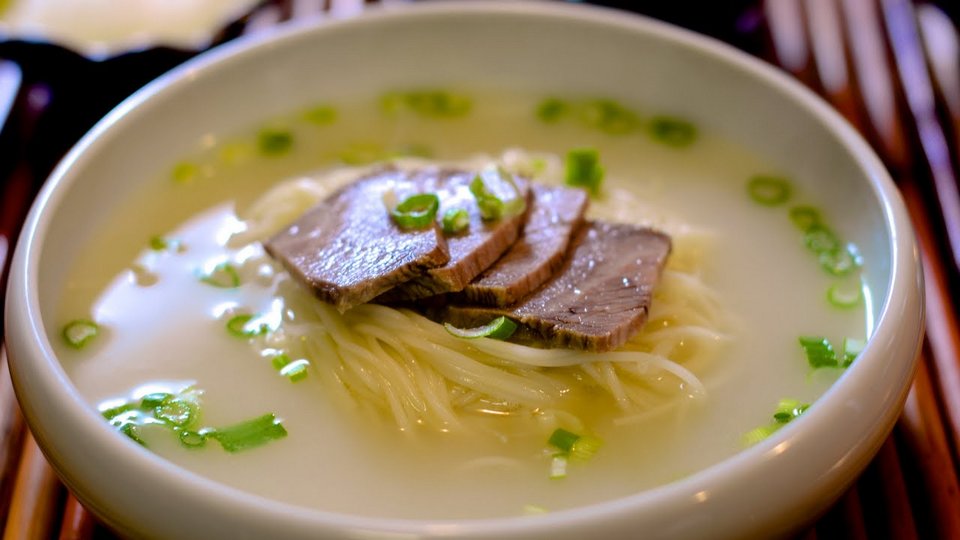
Chueotang (Mudfish (Loach) Soup)
Mudfish is often found in southern Korea, often served for patients with hypertension and obesity problems, as it contains unsaturated fats that help lower cholesterol. In addition, it also contains calcium, protein and vitamins, very good for health. Some people also believe that eating mudfish is good for the skin.
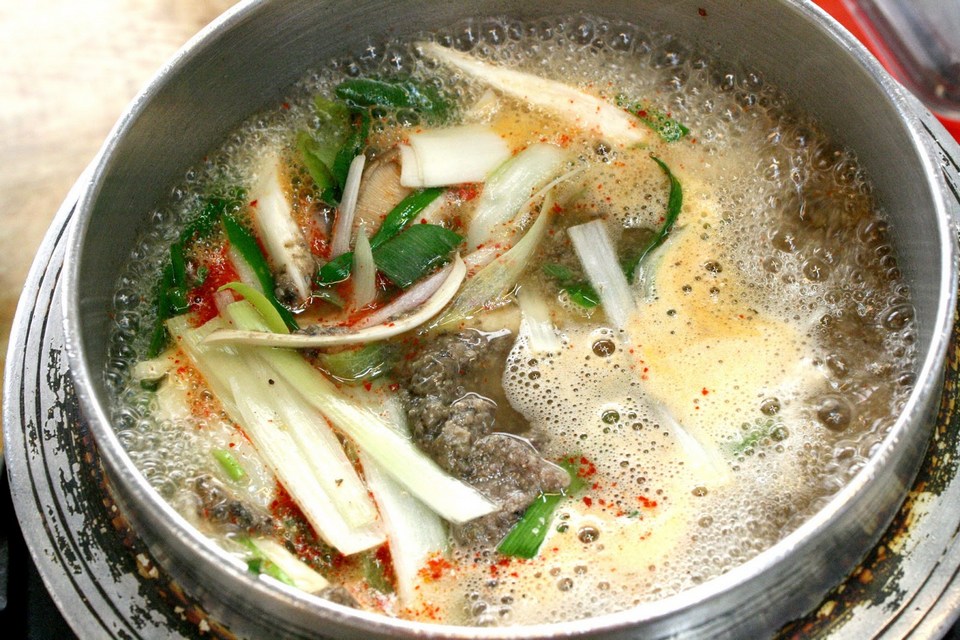
Korean people preparing chueotang by crushing mud fish, both bone and meat, then cooking in broth with leeks, green onions, doenjang (fried tofu), and gokchujang (red chili peppers). Don’t worry, mud fish soup doesn’t have any mud.
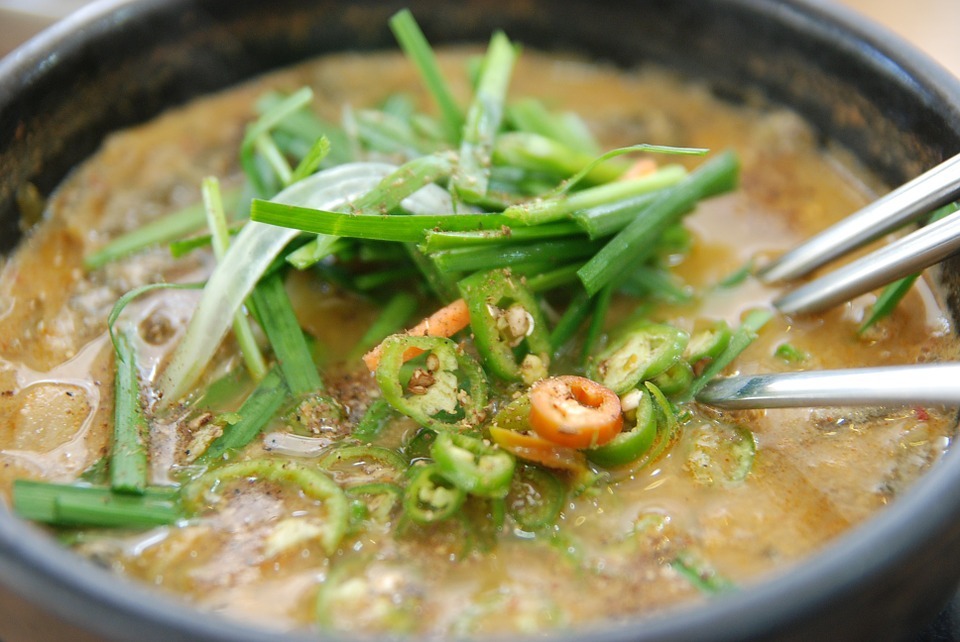
These are 19 exotic Korean foods, they make you overwhelmed? If you have the opportunity to set foot in the land of Kimchi, do you dare to try all these dishes? If yes, share with Living Nomads! Have a good trip!
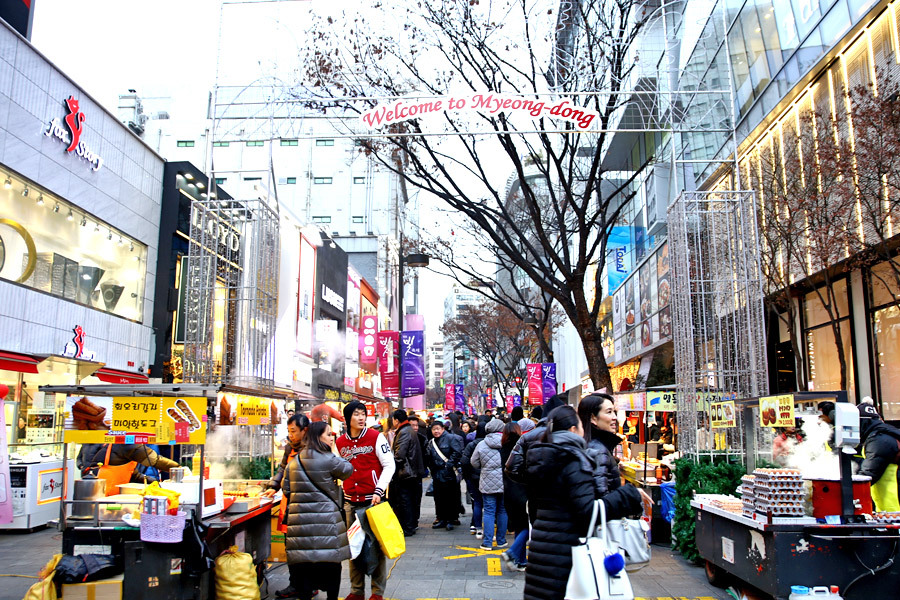
Some best day tours, trips, activities and transfer services, tickets in and from Seoul you can refer to
- Private Incheon International Airport Transfers (ICN) for Seoul
- Private Incheon Airport Transfers (ICN) for Seoul
- Klook Exclusive Seoul 5 Day Pass
- Discover Seoul Pass (BTS Edition Available)
- [SALE] Instant Ticket! Korea Rail Pass (KR PASS) 2/3/4/5 Days to travel around the cities in Korea
- Private Incheon Airport (ICN) and Gimpo Airport (GMP) Transfers for Seoul by S.A Tour
- Everland Private Car Charter with Admission Ticket by Wondertrip
- KAL Limousine Bus Ticket for Seoul
- [Limited Offer] AREX Incheon Airport Express Train One Way Ticket in Seoul
- Bukchon Oneday Hanbok Rental Experience (4/24 Hrs)
- Nami Island, Petite France, Garden of Morning Calm, and Gangchon Rail Bike Day Tour from Seoul
- Seoul City Sightseeing Bus (Downtown Palace Namsan Course/Seoul Panorama Course)
- [Limited Offer] Incheon International Airport (ICN) Luggage Services (Between Airport and Hotel) by Safex
- 4G Prepaid SIM Card (SK Airports Pick Up) for South Korea
- [Sale] Hanbok Experience (Hanboknam Gyeongbokgung Store) with Korean Hairstyling
- [SALE] South Korea 4G Pocket WiFi (KR Airports Pick Up) from KT Olleh
- 4G WiFi (MY Airport Pick Up) for South Korea (Unlimited Data)
- 4G Portable WiFi for South Korea from Uroaming (Unlimited Data)
Are you looking for more Seoul travel guide and top things to do in Seoul: Tours, activities, attractions and other things? Read more: Seoul travel blog — The fullest Seoul travel guide blog for a wonderful budget trip to Seoul for the first time.


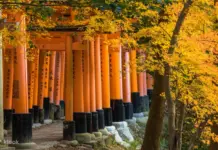





























![10 best airports in Asia in 2016 [RANKED] kuala-lumpur-international-airport-best airports in asia in 2016 by skytrax ratings](https://livingnomads.com/wp-content/uploads/2016/08/29/kuala-lumpur-international-airport-best-airports-in-asia-in-2016-by-skytrax-ratings-218x150.jpg)









